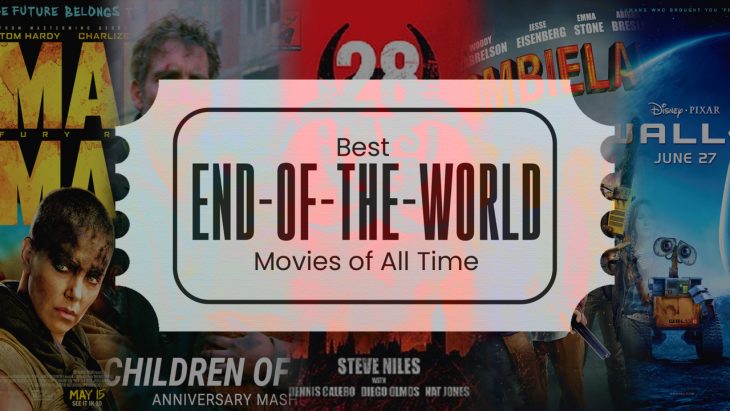
Some of the best end-of-the-world movies of all time are also some of the best films of all time. While people hold films such as Mad Max and Blade Runner in high regard, most of these films had mixed reception at first but gained acclaim over time. One example is the film Independence Day, which received lukewarm recognition when released but is now regarded as a classic alien invasion movie. Whatever the case, apocalyptic films have become iconic in their own ways.
Here are 50 of the best end-of-the-world movies for you to binge on. Some were classics from the time of their release, others only gained popularity later on. Nonetheless, variety is the spice of life, so even mediocre or bad films have their own charms. A little side note that this list also involves other subgenres, such as survival movies and movies set nearing or after an apocalyptic event.
Children of Men (2006)
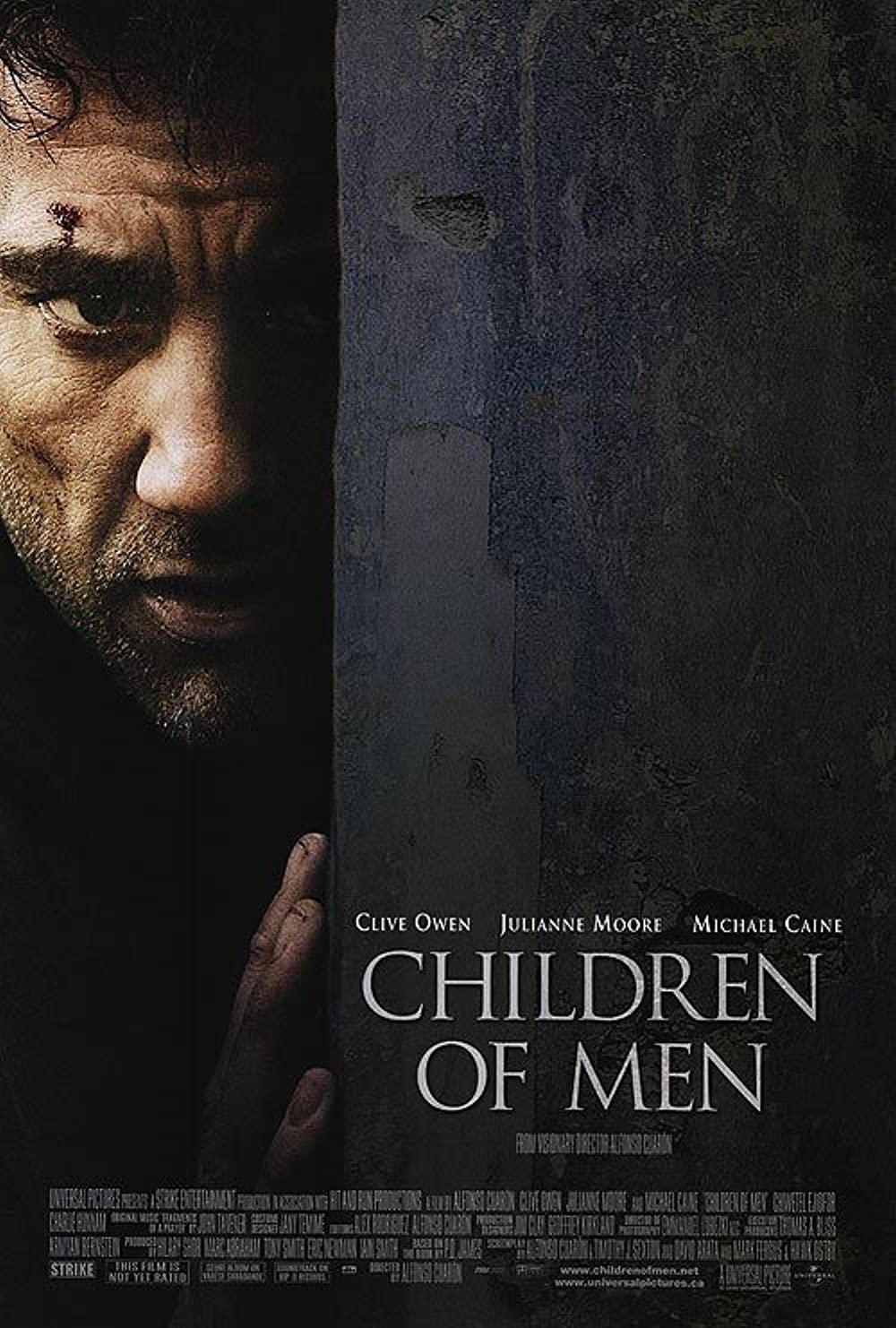
The first film, while without grandiose catastrophes shown on screen, shows humanity on the verge of physical and moral decline. So for this list, it counts. Helmed by Alfonso Cuarón, Children of Men tackles themes of immigration and infertility.
Despite flopping at the box office at the time of release, the film was well-received. Many critics and film enthusiasts have even said that the film is of great relevance today. With a 92% rating on Rotten Tomatoes, the film has been praised for its technical artistry and unforgettable messages.
28 Days Later (2002)
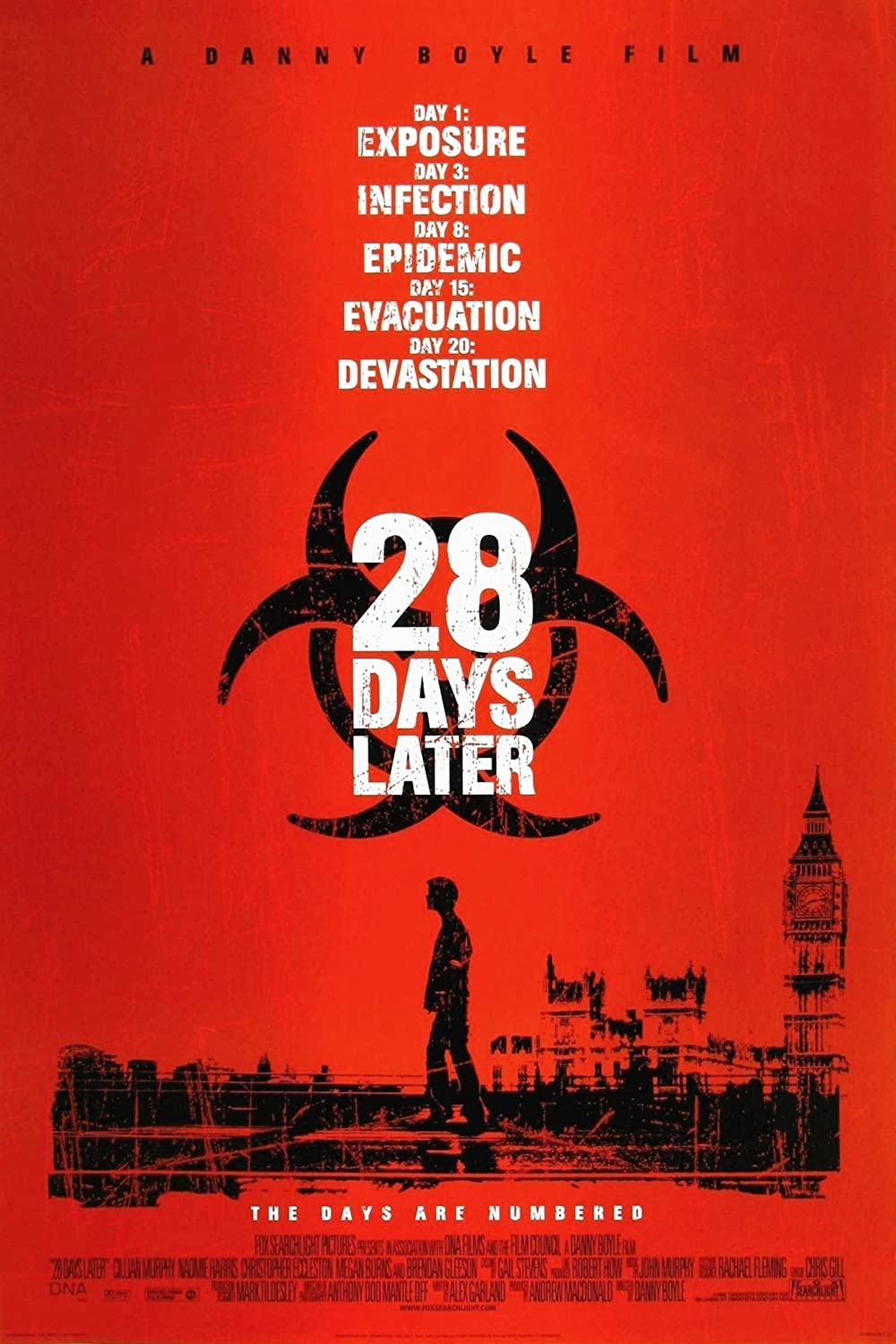
Many have credited this Danny Boyle film from 2002 with helping revitalize the zombie film genre. This is despite the fact it is actually about a virus rather than about zombies.
The film stars Cillian Murphy as a man only known as Jim, who wakes up from a coma. A mere 28 days before he woke up, a virus spread across England and caused the collapse of humanity. Now, with the help of people he meets along the way, Jim aims to survive in the new world.
A low-budget film, costing only around $8 million to produce, 28 Days Later is a financial success, grossing over 10 times internationally. The film currently has an 87% score on Rotten Tomatoes. A sequel titled 28 Weeks Later was released in 2007.
Mad Max (1979)
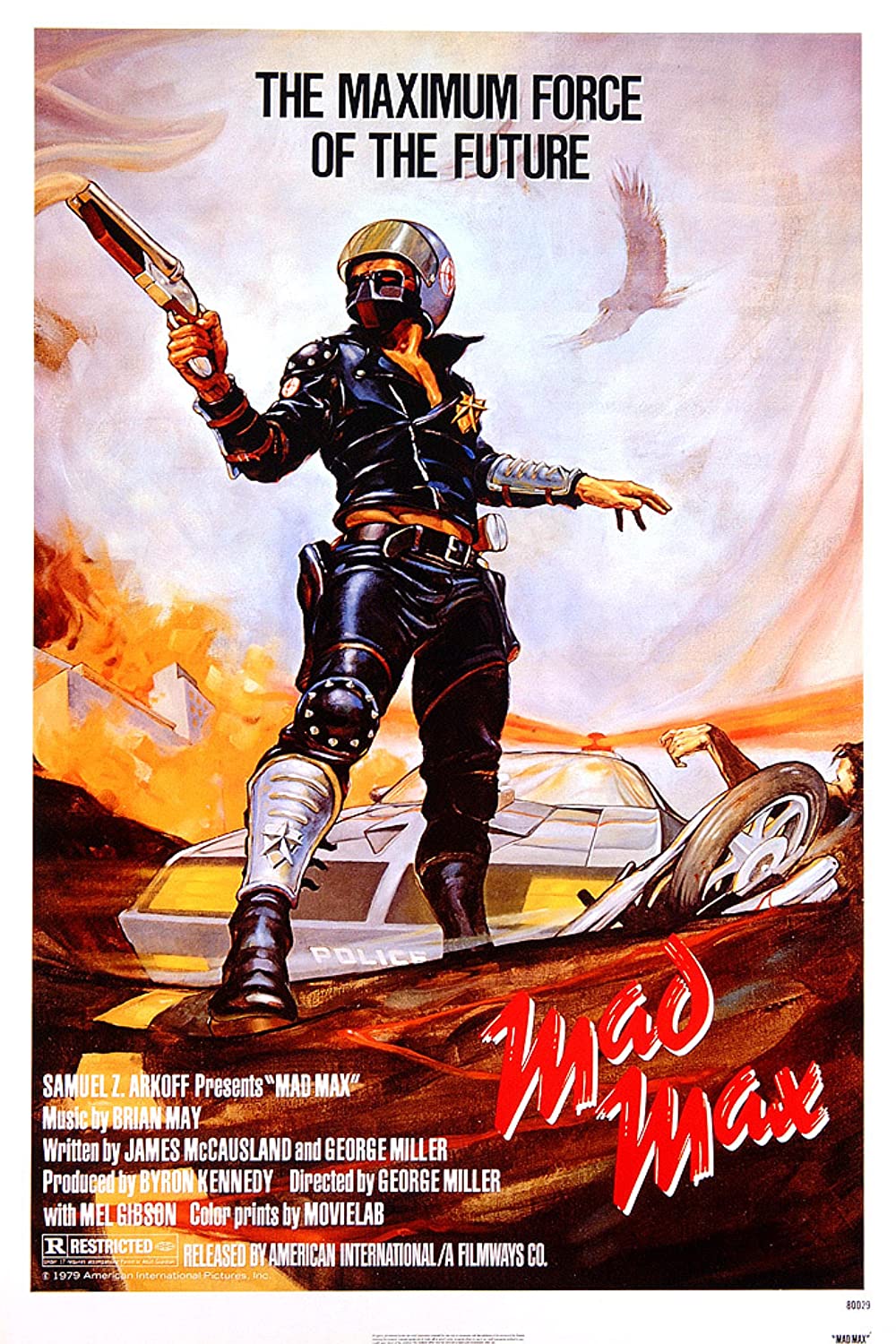
This is the first film in the series of the same name. Mel Gibson stars as “Mad” Max Rockatansky, a police officer out for revenge. The setting is in Australia whose on the verge of collapse due to dwindling oil supplies. Max becomes a vigilante following the murder of his family, using a modified Ford Falcon, dubbed the Pursuit Special, in pursuing the gang that crossed him.
Gibson was an unknown actor at the time of his casting. He had just graduated from the National Institute of Dramatic Art and got the lead role following an audition. The film’s limited budget resulted in many cost-cutting decisions. This included the casting of local actors, as well as biker gang extras riding to Melbourne in place of transport.
Although fans and critics highly regard the film today, it initially had a polarizing reception upon release in 1979. It however proved to be a box office success. At the time of its release, it held the record for the highest box-office gross-to-budget ratio for any film. It has since become one of the best end-of-the-world movies ever made. That is if you count apocalyptic movies as end-of-the-world movies. It currently has a 90% rating on Rotten Tomatoes.
Mad Max 2 aka The Road Warrior (1981)
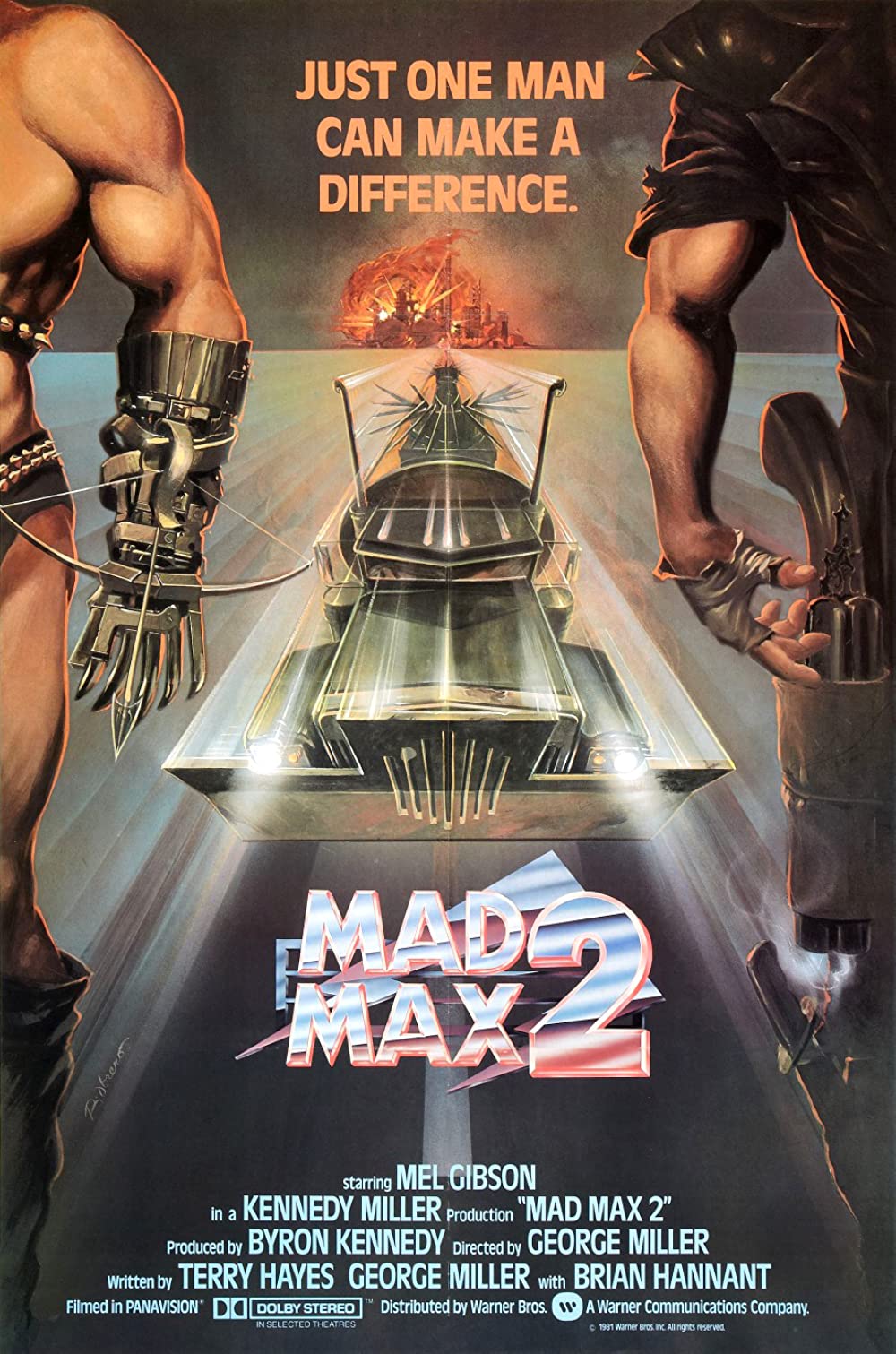
This is the second film in the Mad Max series. Mel Gibson reprises his role as the protagonist “Mad” Max Rockatansky. Like the previous film, it takes place in a post-apocalyptic Australia. It follows Max in his ongoing quest to survive after society collapsed. Along the way, he meets various characters, such as Pappagallo, a settler leader, and “The Gyro Captain”. He also meets the Feral Kid, who can only make sounds but cannot speak.
The film was a huge box-office success both in Australia and worldwide. With a 92% rating on Rotten Tomatoes, critics consider it one of the greatest film sequels ever made. Much like the rest of the Mad Max series itself, the main character’s Interceptor became a cultural icon. It also helped kickstart the popularity of post-apocalyptic action movies internationally.
12 Monkeys (1995)
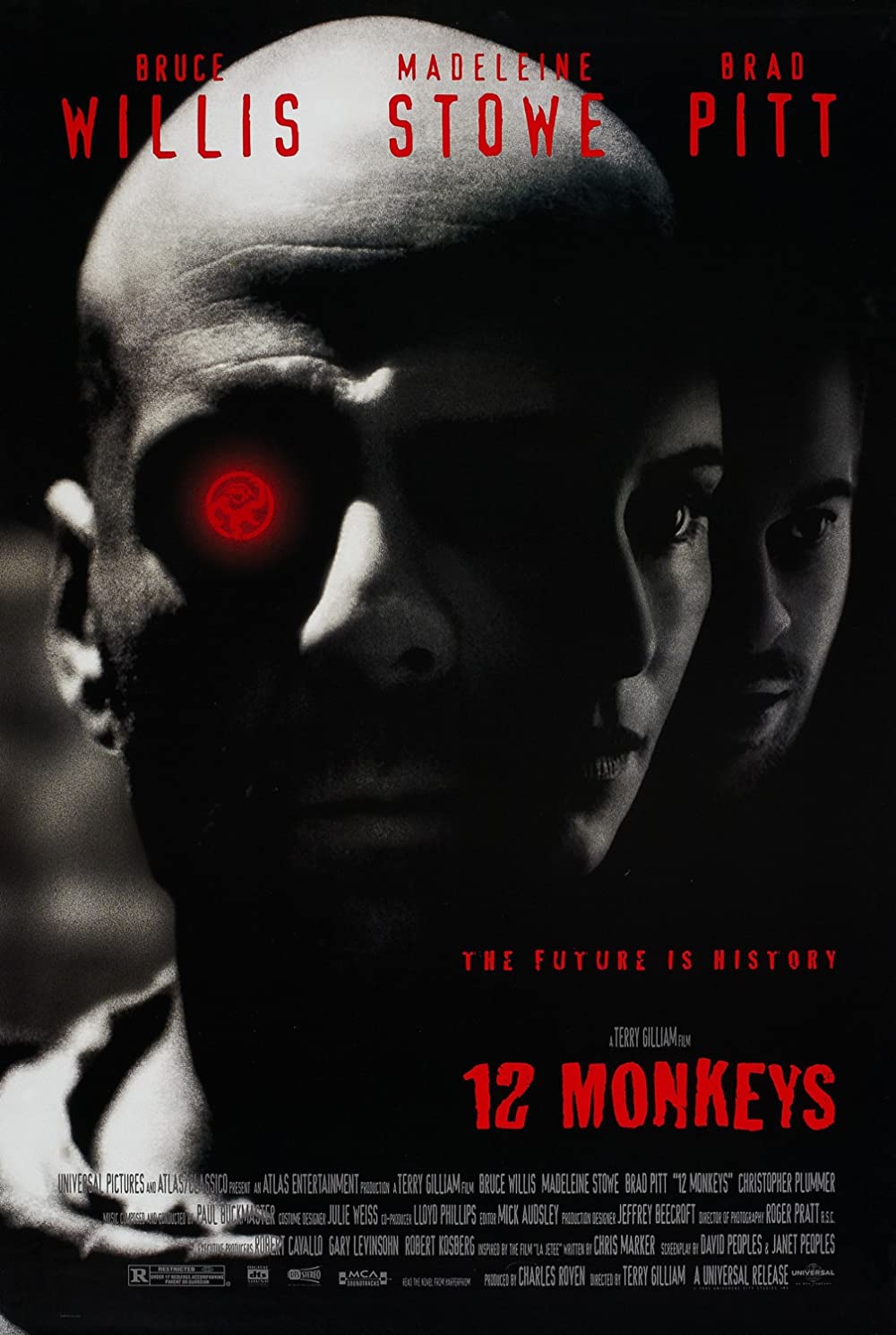
12 Monkeys takes place in the year 2035, 39 years after a virus kills most of the world’s population. The protagonist James Cole is sent to the past to help determine the origin of the virus. He discovers that the Army of the Twelve Monkeys, believed to be the origin of the virus, was not the source. Cole also regularly experiences visions of events that would ultimately happen during his time travels.
The film is based on the 1962 French short film La Jetée. It stars Bruce Willis in the title role, with Madeleine Stowe and Brad Pitt also playing major roles. Critics and fans have praised the film for its depictions of illusions, dreams, and perceptions of reality. The film cost around $29.5 million and ultimately grossed almost $170 million internationally. It currently has an 88% rating on Rotten Tomatoes. A television series based on the film premiered on SyFy in 2015 and lasted for four seasons.
28 Weeks Later (2007)
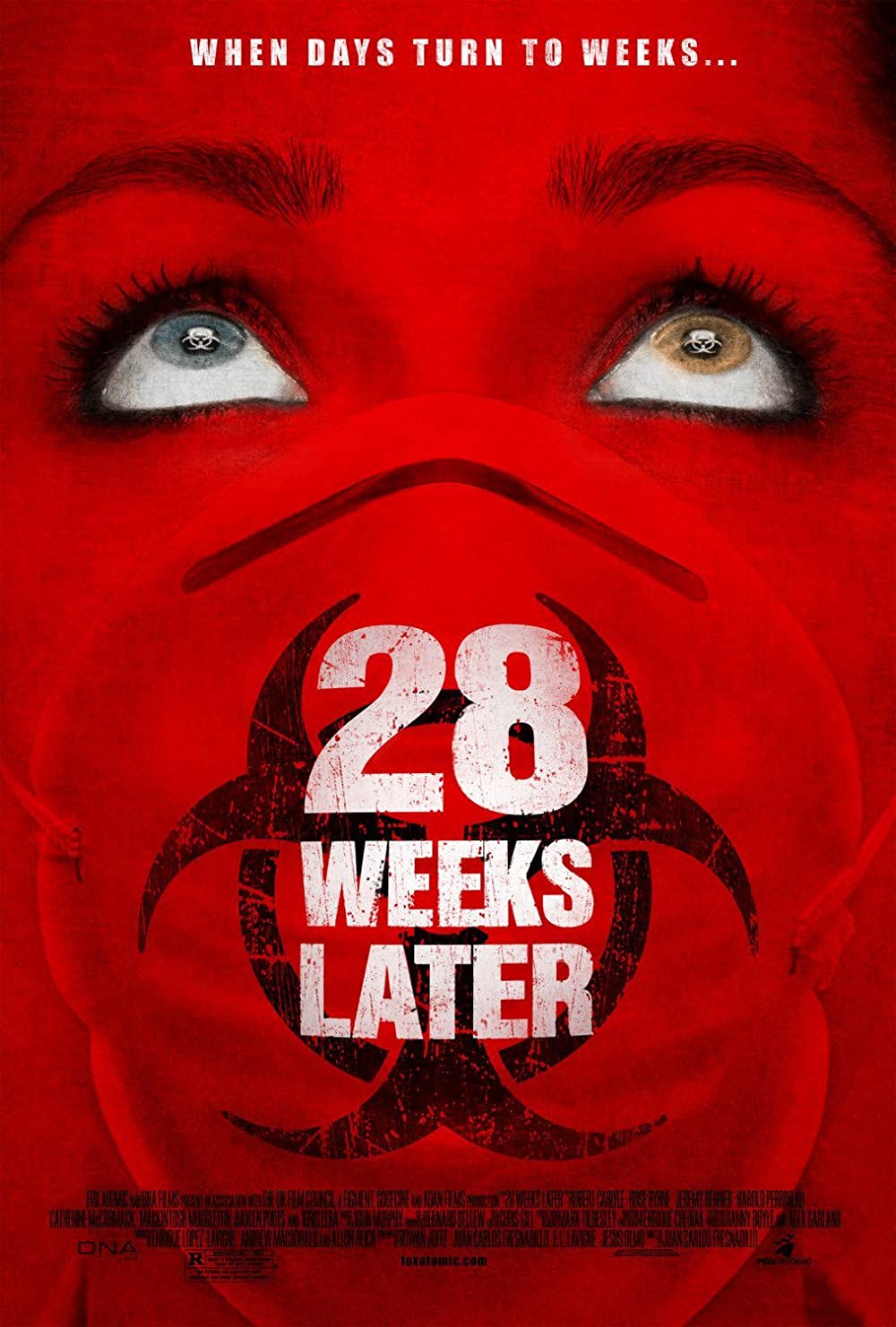
The film is a sequel to 2002’s 28 Days Later but features a new set of cast and characters. It is led by Robert Carlyle who plays Don, a survivor in a post-apocalyptic Britain run by NATO. The virus from the first film rages on, infecting Don’s wife, Alice. Don ultimately gets the virus and kills Alice, who is actually immune to the virus. Other characters in the film include Don’s children Tammy and Amy, who return to the country to learn of their mother’s supposed death. Two other central characters are Sergeant Doyle and Chief Flynn, who protect survivors of the outbreak.
The original cast of the previous film was unable to return owing to existing commitments, hence the new characters. The film was not as successful as the original, only grossing $65.8 million internationally. However, it was still profitable as the film only cost $15 million to produce. The film has a 71% rating on Rotten Tomatoes, with critics praising its atmosphere and direction.
Night of the Living Dead (1968)
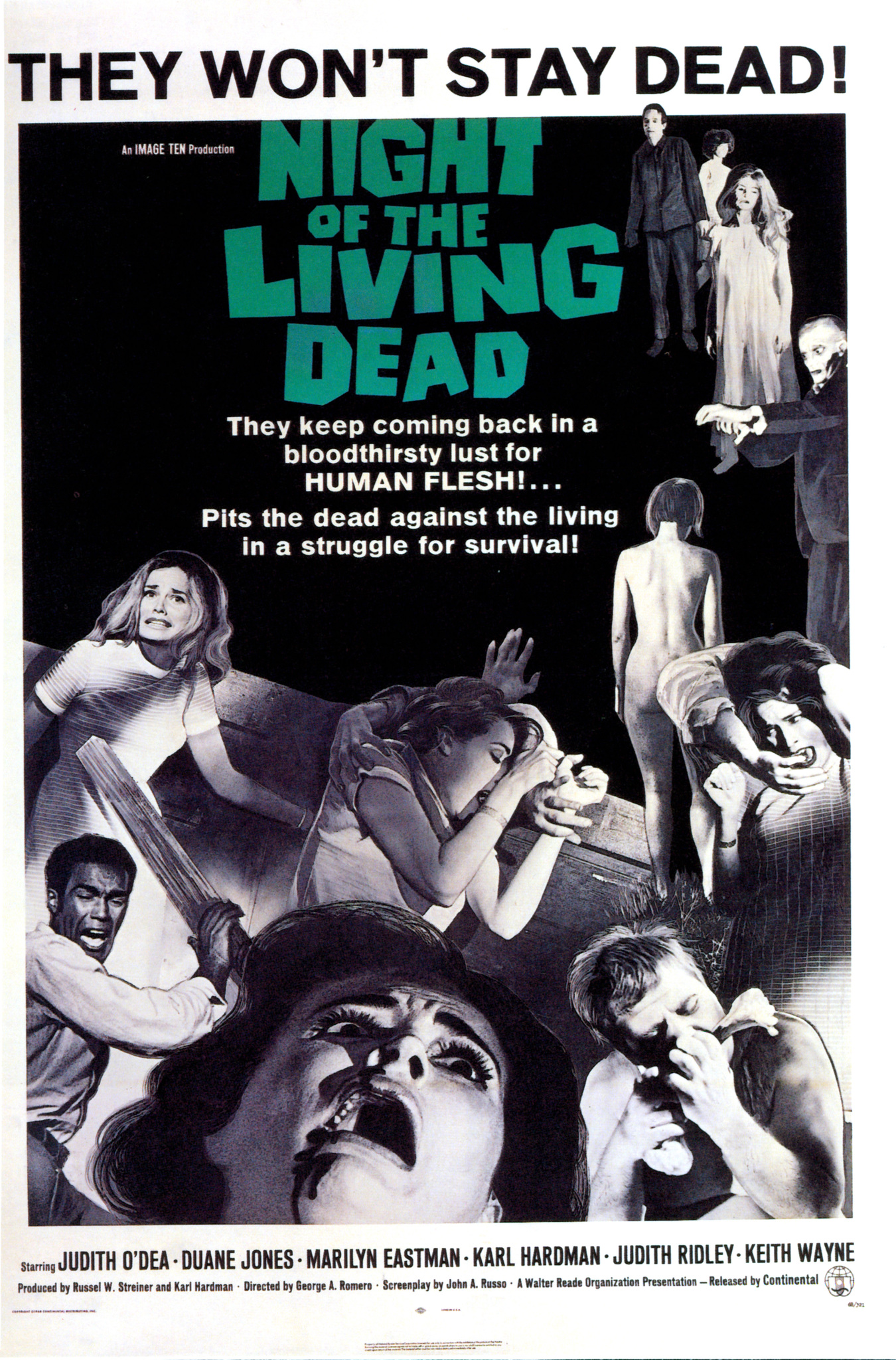
This is one of the most famous zombie films of all time. In fact, it is one of the films that helped kickstart the genre. The film’s two central characters are Ben and Barbra, who have to avoid recently-deceased people who have become zombies.
George A. Romero co-wrote and directed the film on a relatively small budget, between $114,000 to $125,000. It ultimately grossed over $30 million, making it one of the most profitable films ever made at the time. Strictly speaking, the film is not exactly an end-of-the-world movie. However, it would not have been surprising if the characters felt like the world was ending. By that logic, it is still one of the best end-of-the-world movies ever made.
Due to quirks of copyright law at the time, the film is in the public domain. On one hand, this means that Romero did not receive as much from the film as he normally would have. On the other hand, it also meant that the film became readily distributable, helping build its fanbase. The entire film can be seen on YouTube.
Dawn of the Dead (1978)
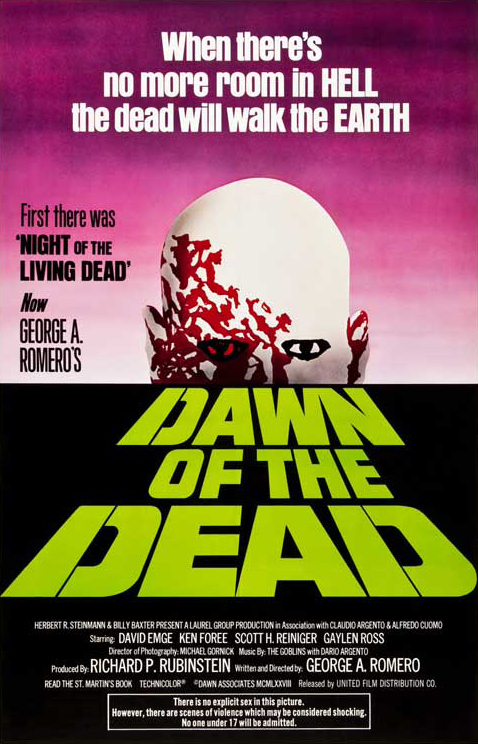
Dawn of the Dead is the sequel to Night of the Living Dead. It too had a relatively small budget, albeit a somewhat larger one, around $600,000. It grossed over $66 million worldwide, making it yet another extremely profitable film.
The movie stars an all-new cast of characters, once again trying to escape from zombies. Millions of deceased people have been reanimated as a result of a plague. The film’s main characters are news reporter Stephen, his pregnant girlfriend Fran, and police officer Peter.
The film was obviously a major success and helped inspire future films in the franchise. Interestingly enough, it also inspired an unofficial Italian sequel titled Zombi 2. That film has developed its cult following and spawned a series of sequels. It currently has a 94% rating on Rotten Tomatoes. Not bad for a horror film, a genre that often has relatively low ratings.
Zombieland (2009)
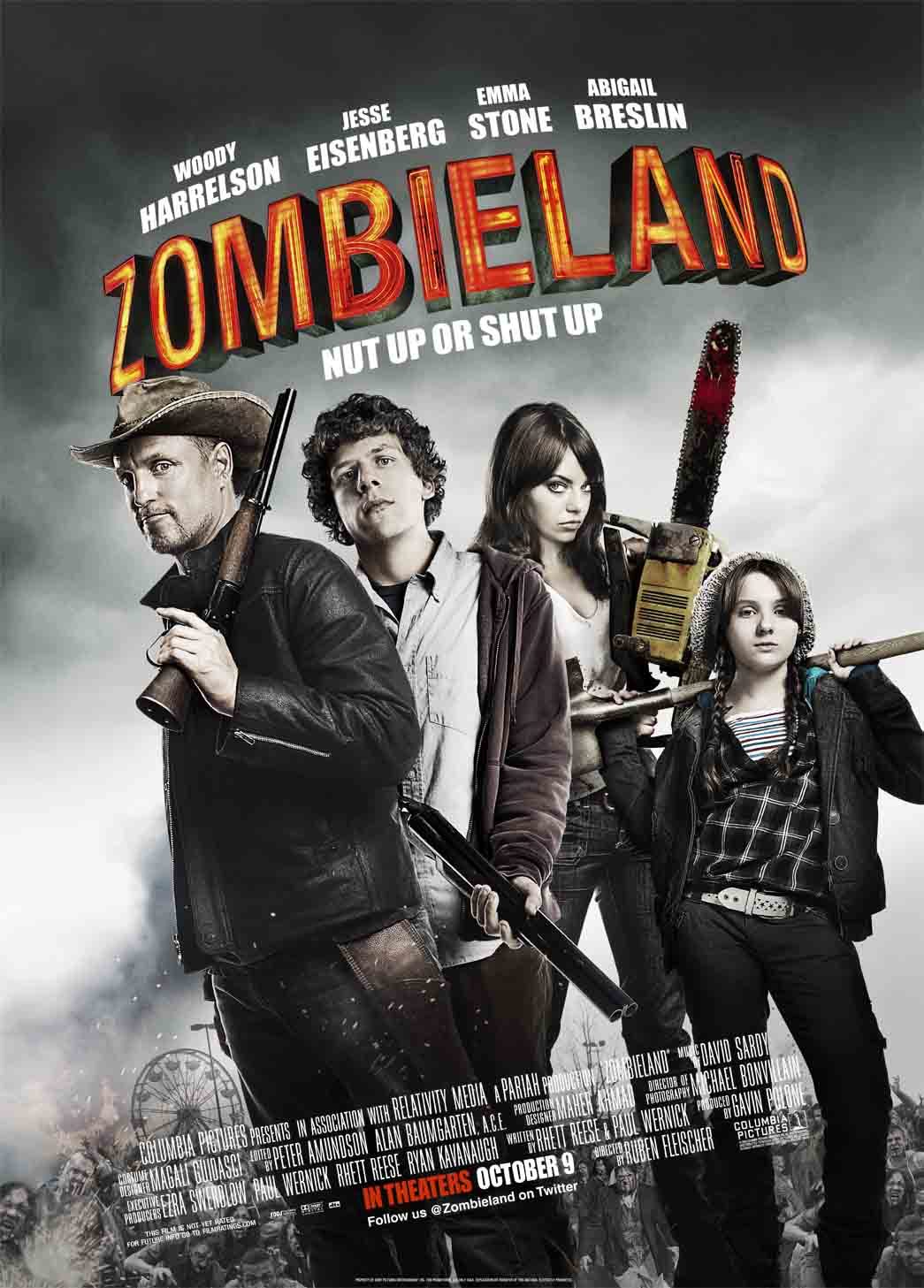
Unlike many other zombies or indeed end-of-the-world movies out there, this actually is a comedy. A pretty good comedy at that, considering it’s the film that dethroned Dawn of the Dead as the most successful zombie film in America. It ultimately grossed over $100 million internationally and has an 89% Rotten Tomatoes score.
The film follows a group of road travelers who have to survive an America infested with zombies. As a practical measure, survivors refer to each other with nicknames to avoid personal attachment. Along the way, they meet several interesting people, including Bill Murray playing himself.
Shaun of the Dead (2004)
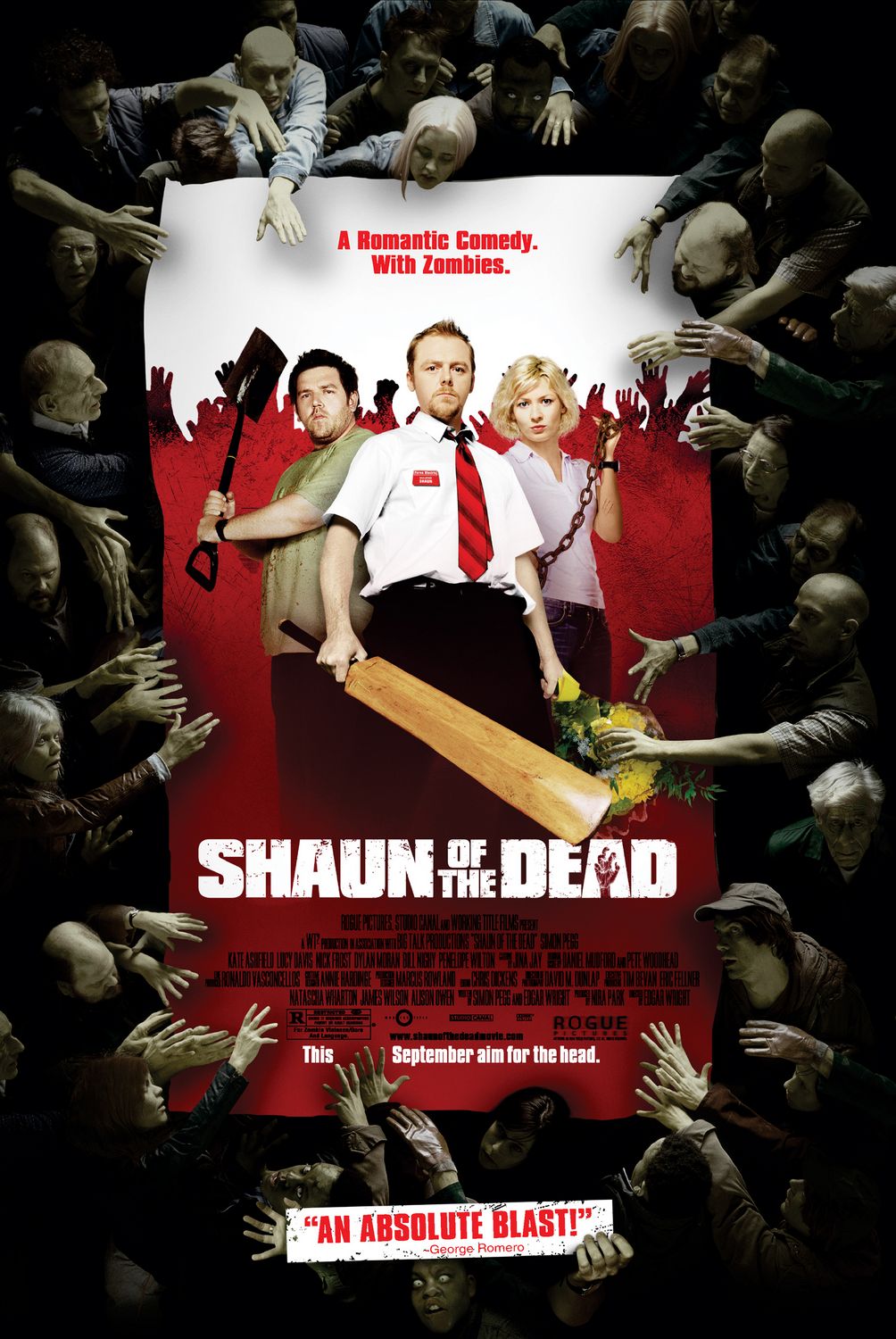
Another zombie comedy film on this list, but quite a successful one. Coming from Great Britain, it grossed $30 million internationally against a budget of $6 million. The movie also has a 92% score on Rotten Tomatoes.
It depicts the titular character facing a zombie invasion, where along the way even his friends become zombies. It does not help that prior to the invasion, he was facing personal troubles. The film came out a few years after 9/11. Film critics have noted that the film reflects the anxieties society faced after the event.
Land of the Dead (2005)
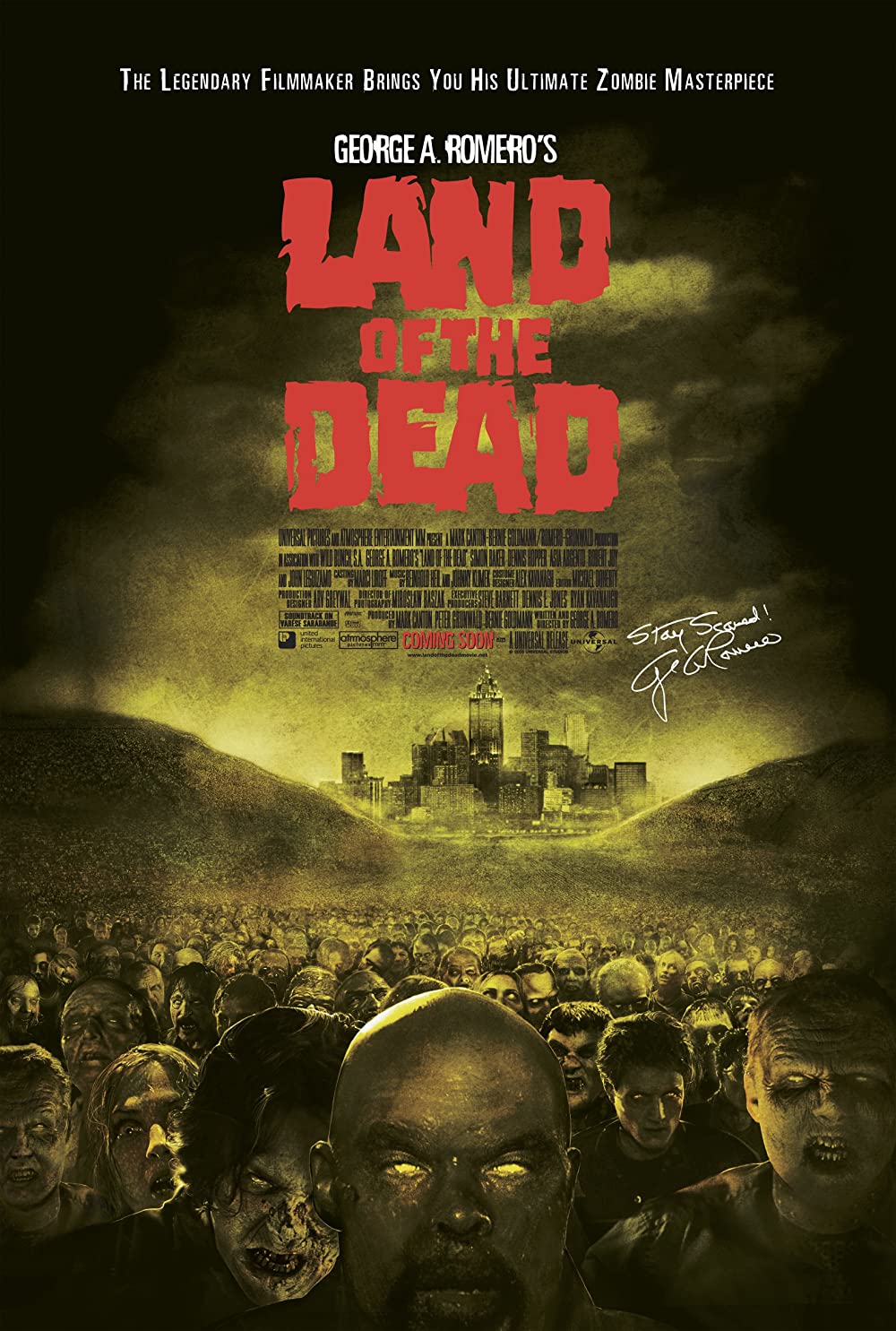
Another film in George Romero’s zombie series. This time it deals with Riley Denbo, who goes around a post-apocalyptic Pittsburgh in the armored vehicle known as Dead Reckoning. The vehicle’s crew aims to give survivors help and supplies. However, in many cases, they are helpless to save people who become zombies.
Unlike previous Romero films, Land of the Dead had a sizable budget. The film cost almost $20 million to produce. It ultimately grossed over $46.8 million worldwide. In addition, the MPAA gave the film an R rating, whereas previous films in the series had no ratings at all. The film has a 74% score on Rotten Tomatoes, with critics praising the film’s use of gore.
Melancholia (2011)
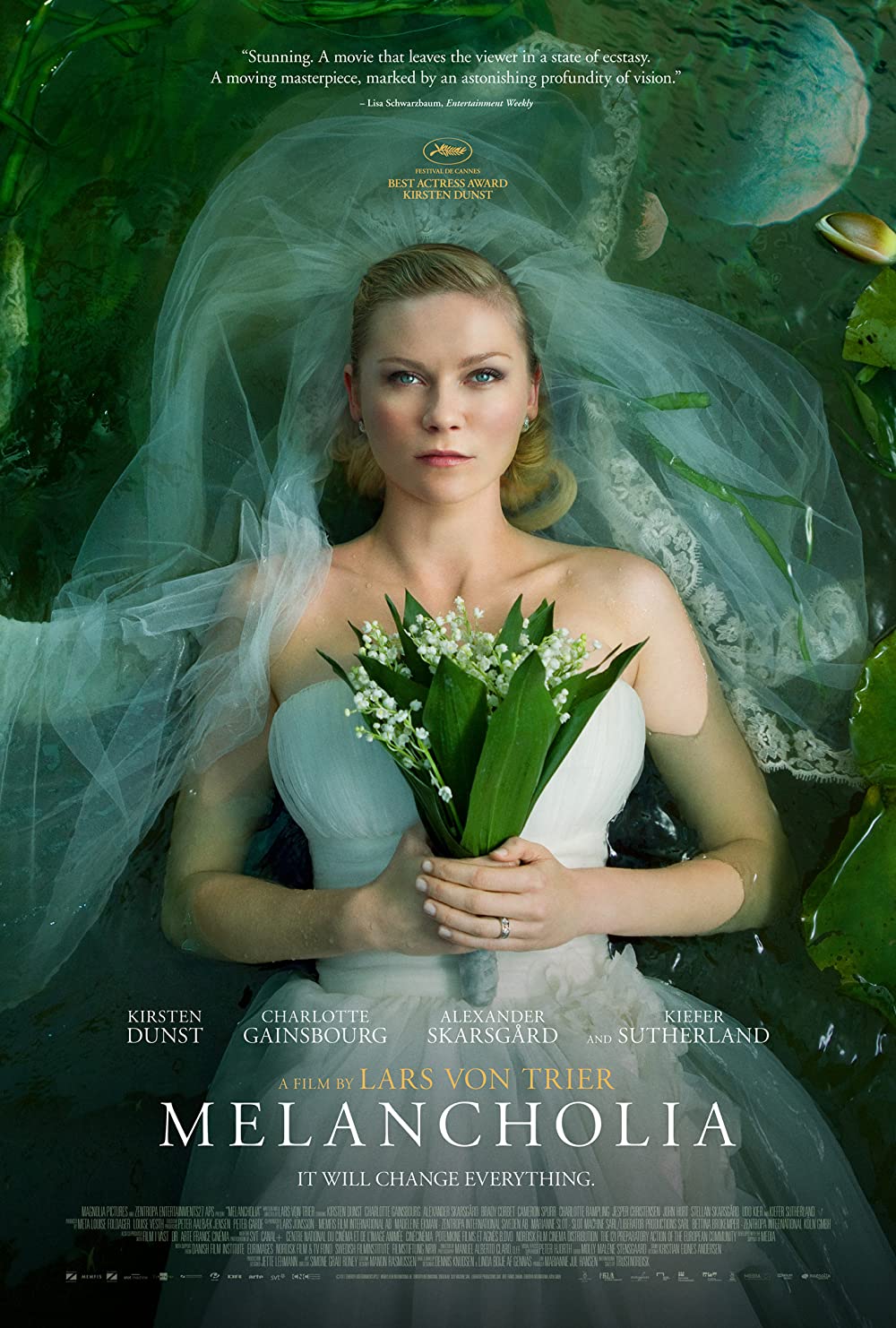
This is one of the strangest end-of-the-world movies ever made. It consists of two parts and a dream sequence, with the central theme being a rouge planet colliding with the Earth. Other themes include suicide and depression. The film is based on director Lars von Trier’s own experiences with them. The film was polarizing upon release, but critics have since proclaimed it one of the best films of 2011.
Notably, the film premiered at the prestigious Cannes Film Festival. Lead actress Kirsten Dunst won the Best Actress award at the event. It has an 80% rating on Rotten Tomatoes, with critics praising Dunst’s acting and von Trier’s themes.
The Terminator (1984)
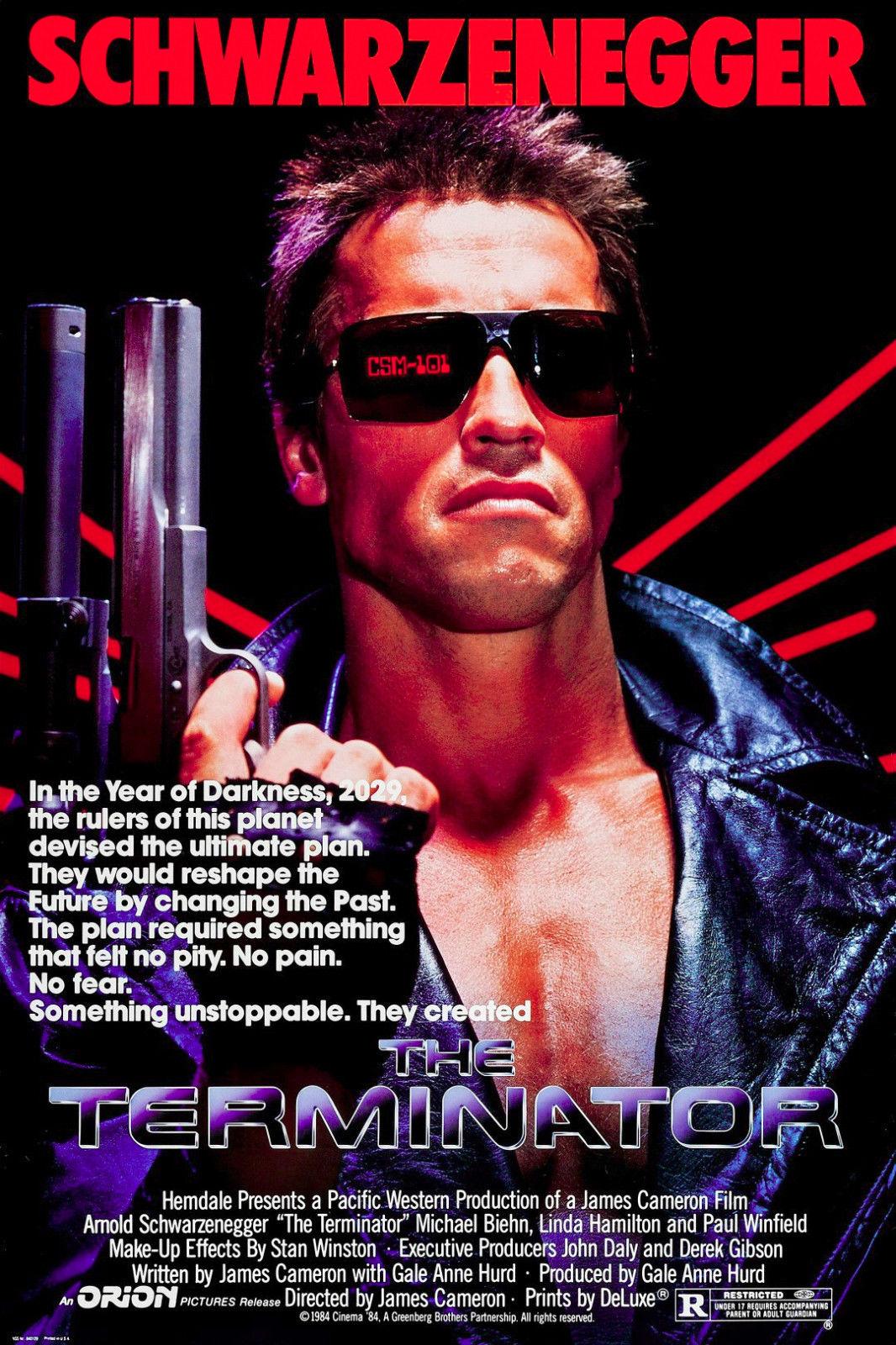
Yes, this is the film that propelled James Cameron and Arnold Schwarzenegger into stardom. In the film, the titular character arrives from the future aiming to kill Sarah Connor, the mother of future resistance leader John Connor. Soldier Kyle Reese warns Sarah that an impending war caused by a rouge AI will eventually threaten humanity.
Interestingly enough, Schwarzenegger was originally slated to play Reese, but Cameron decided he would make a better Terminator instead. Many people in production, including Schwarzenegger himself, were also skeptical that the film would succeed. It did, evidently. It grossed almost $80 million internationally against a $6.4 million budget. In addition to high critical reception, the film also launched an extremely successful and long-running franchise. The 1991 sequel, Terminator 2: Judgement Day, was even more of a success, grossing over $500 million worldwide.
WALL-E (2008)
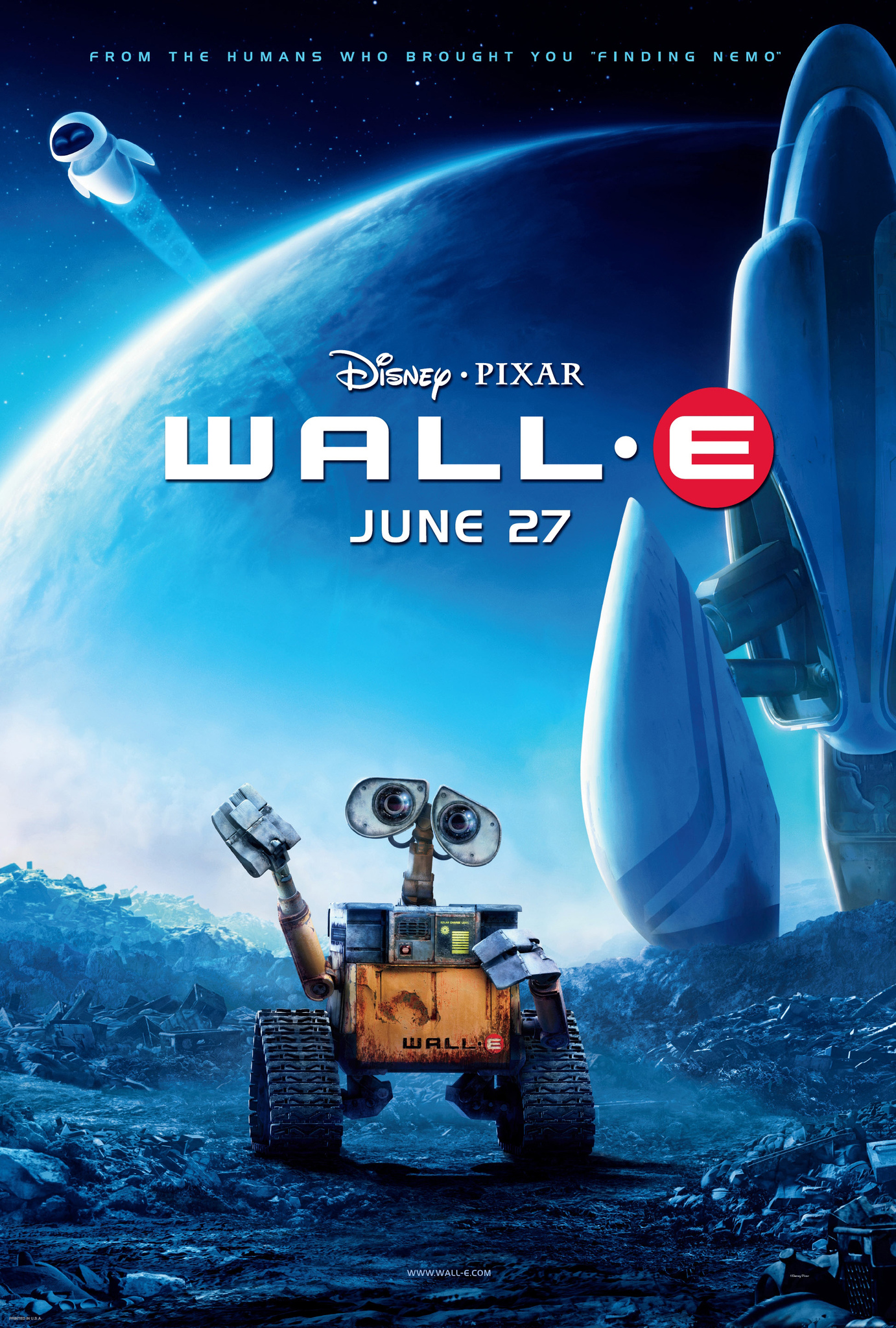
Critics and fans consider this Pixar classic to be one of the best-animated films of all time. It follows WALL-E, a sentient robot that cleans up Earth after humanity departs it. Along the way, it meets another robot named EVE and they fall in love.
The film’s enduring themes include the possible consequences of consumerism and greed. The world it had imagined is also a commentary on human waste and negligence. The film cost $180 million to produce and grossed over $520 million worldwide. It has a 95% rating on Rotten Tomatoes. In addition, the National Film Registry selected the film for preservation.
Blade Runner (1982)
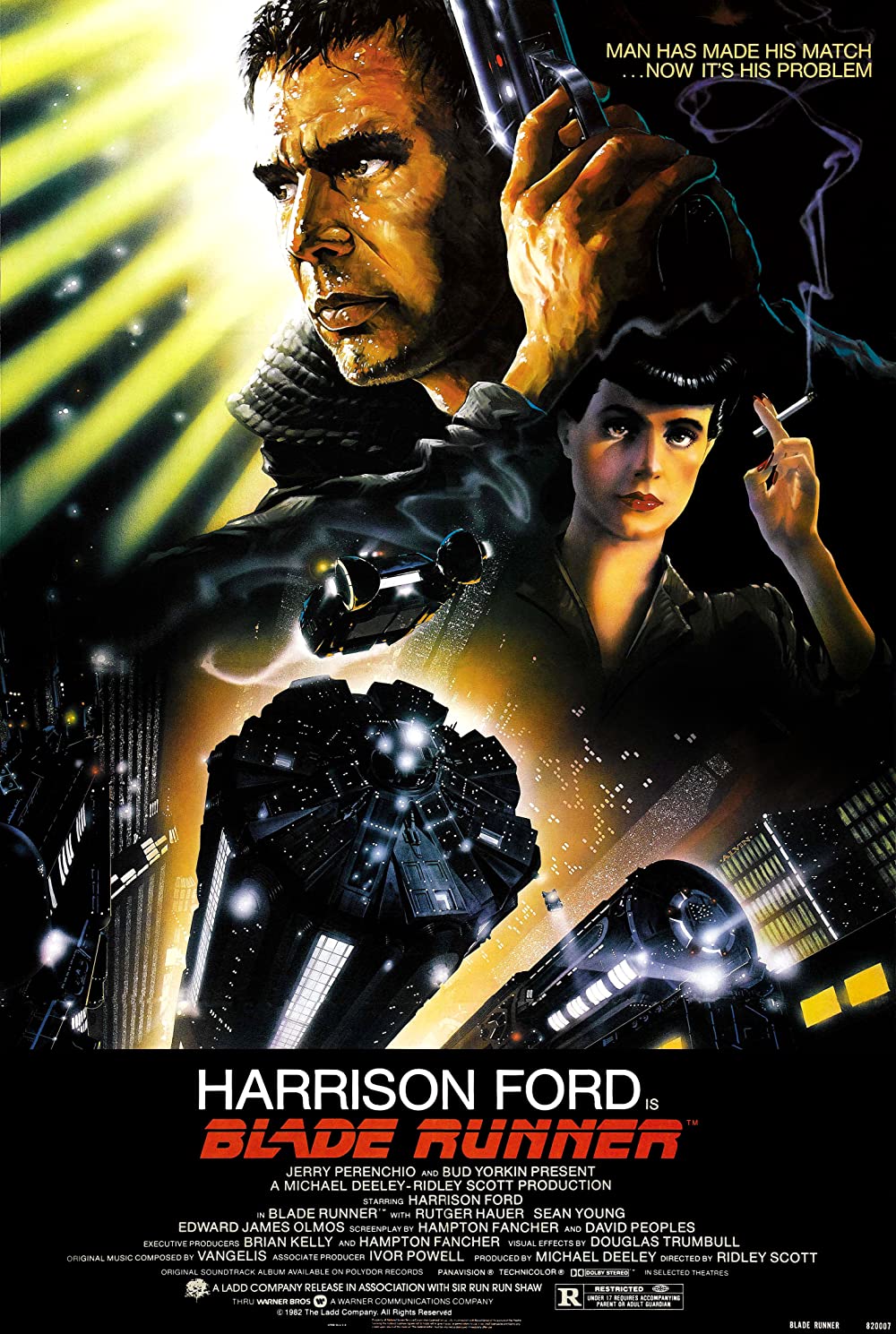
This is of the best examples of a film that was initially unsuccessful but gained acclaim over time. It is actually based on a 1968 science fiction novel, Do Androids Dream of Electric Sheep? Incidentally, this same novel inspired the Pokémon Mareep, which is an Electric-type sheep.
Blade Runner had a difficult production cycle that ultimately resulted in the film having seven versions. To be fair, some of these were released long after the film’s initial premiere. The movie initially had a mixed reception critically and underperformed at the box office. The film’s status grew over the years following its release on home video. Today, critics and fans consider it one of the best science fiction films of all time. It spawned a sequel and also became an influence on many subsequent films.
Nineteen Eighty-Four (1984)

This is an adaptation of George Orwell’s famous novel of the same name. You know, the one with the totalitarian Big Brother watching over humanity. And if you don’t know yet, the novel is the origin of the term “Big Brother”. It also inspired the adjective “Orwellian”, which refers to all-seeing governments and organizations. To many, a totalitarian society probably feels like the end of the world.
1984 is actually not the first film adaptation of the novel. However, it is perhaps the most well-known. It has a 74% rating on Rotten Tomatoes, with critics noting that it was difficult to watch but still a solid adaptation.
Planet of the Apes (1968)
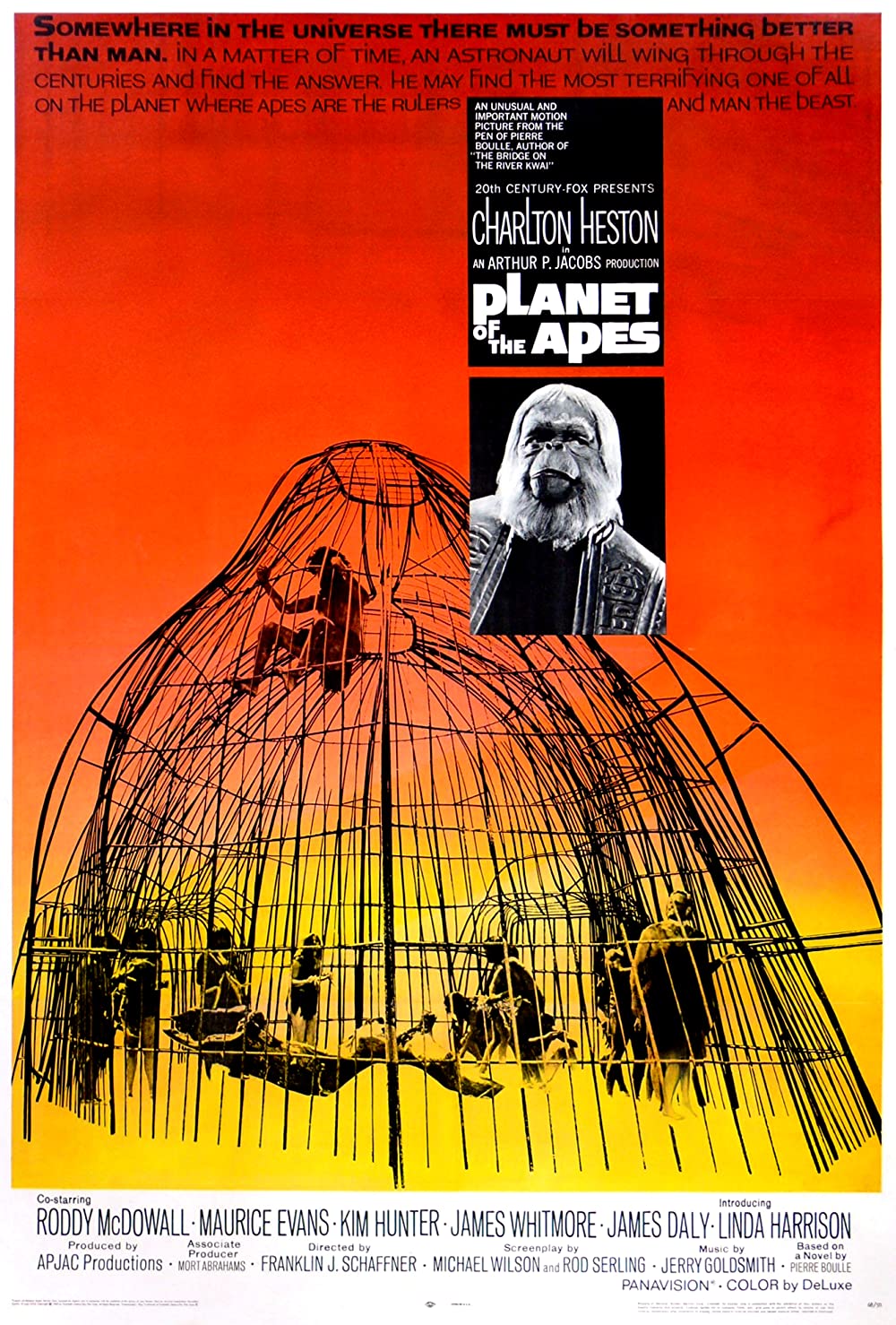
This movie about astronauts stranded on a planet ruled by apes may not seem to be about the end of the world at first. The end, however, reveals the planet the astronauts crashed on is actually a future destroyed Earth.
Based on a 1963 French novel, the film was a marvel for its time due to its use of prosthetics to create the ape characters. Today we may take such effects for granted, but they were a big deal back in ’68. It cost $5.8 million to make, which was a large sum at the time. All were worth it as the film was a critical success, with an 89% Rotten Tomatoes score. The film remains one of the most influential of all time. It was also a success at both the box office and home disk sales. Yes, this makes it one of the best end-of-the-world movies ever made.
The film went on to spawn a franchise consisting of sequel films and other forms of media. Among the most notable follow-ups are 2001’s Planet of the Apes and 2011’s Rise of the Planet of the Apes.
Take Shelter (2011)
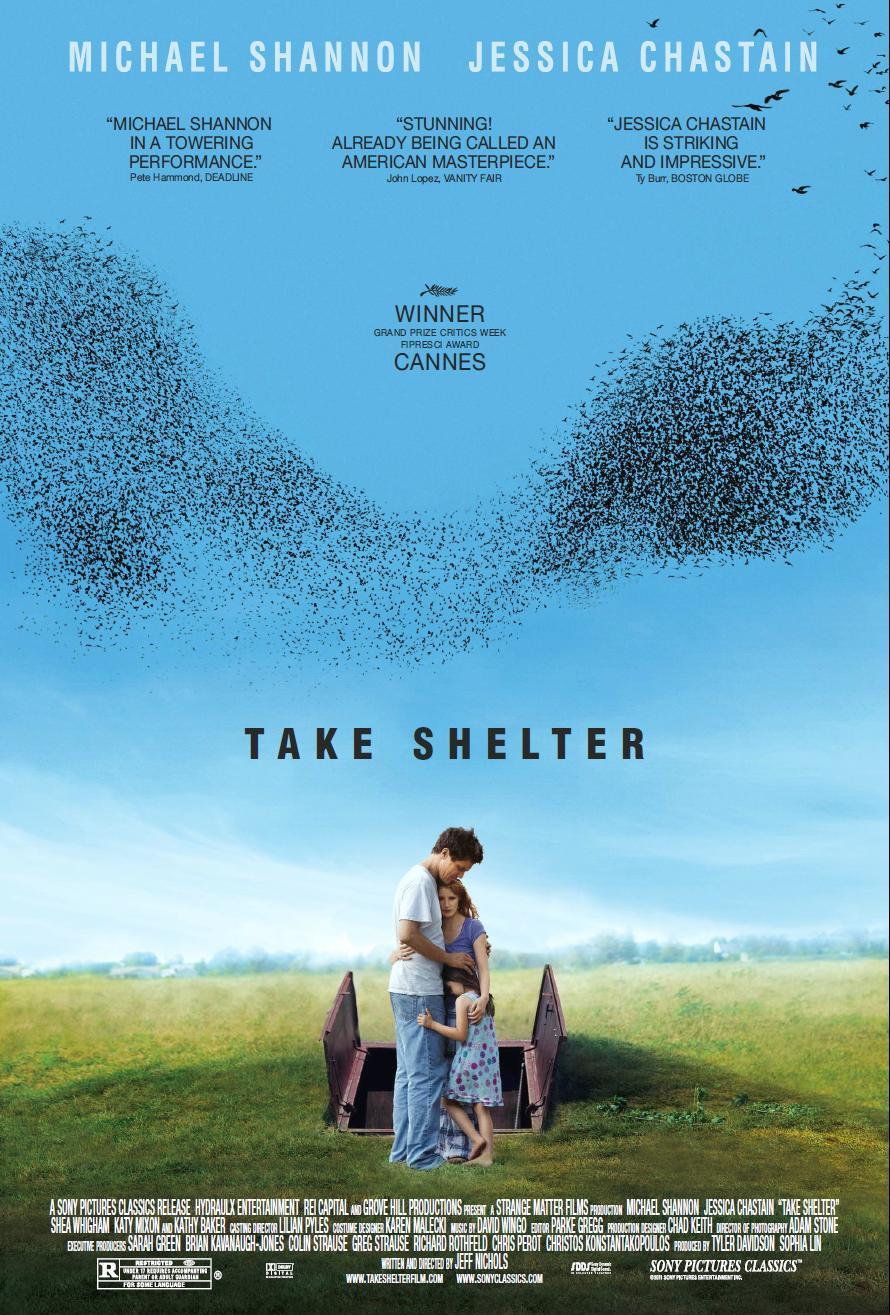
Reviewers and audiences praised this 2011 psychological thriller for its themes. The film deals with Curtis, a man who gets nightmares about an apocalyptic future. He takes measures in case such events happen, although his actions may be a result of a family-related mental condition. Hallucinations are a recurring theme throughout the film. Ultimately, it is left ambiguous if the apocalyptic events depicted in the movie were real or merely hallucinations.
The film had a limited release in the United States. This led to a relatively low gross of $5 million against a budget of $4.75 million. Nevertheless, the film’s themes of mental illness and masculinity became a discussion point in film circles. Notably, the film’s director and writer Jeff Nichols explained in an interview the reasoning behind the film’s ending. It currently has a 92% rating on Rotten Tomatoes.
A Boy and His Dog (1975)
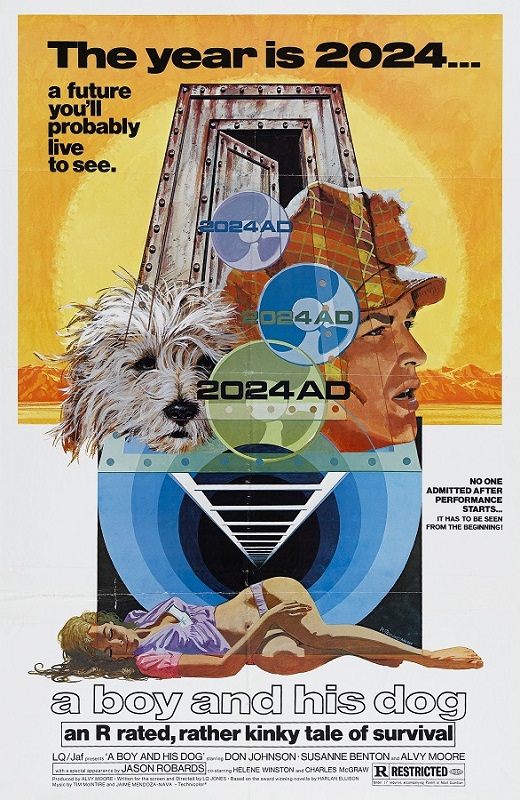
Set in the then-distant year of 2024, the film stars a young boy whose only companion is a telepathic dog. Together, they try to survive in a post-apocalyptic America, looking for food, shelter, and sex. He is tested throughout the film by various characters and events but ultimately remains loyal to his dog.
The film currently has a 76% rating on Rotten Tomatoes, but contemporary reviews were mixed. Some praised its strange twists on comedy, while others criticized the writing. The film gained a cult following over the years. It also notably helped inspire the Fallout series of games, particularly its themes of underground living.
I Am Legend (2007)
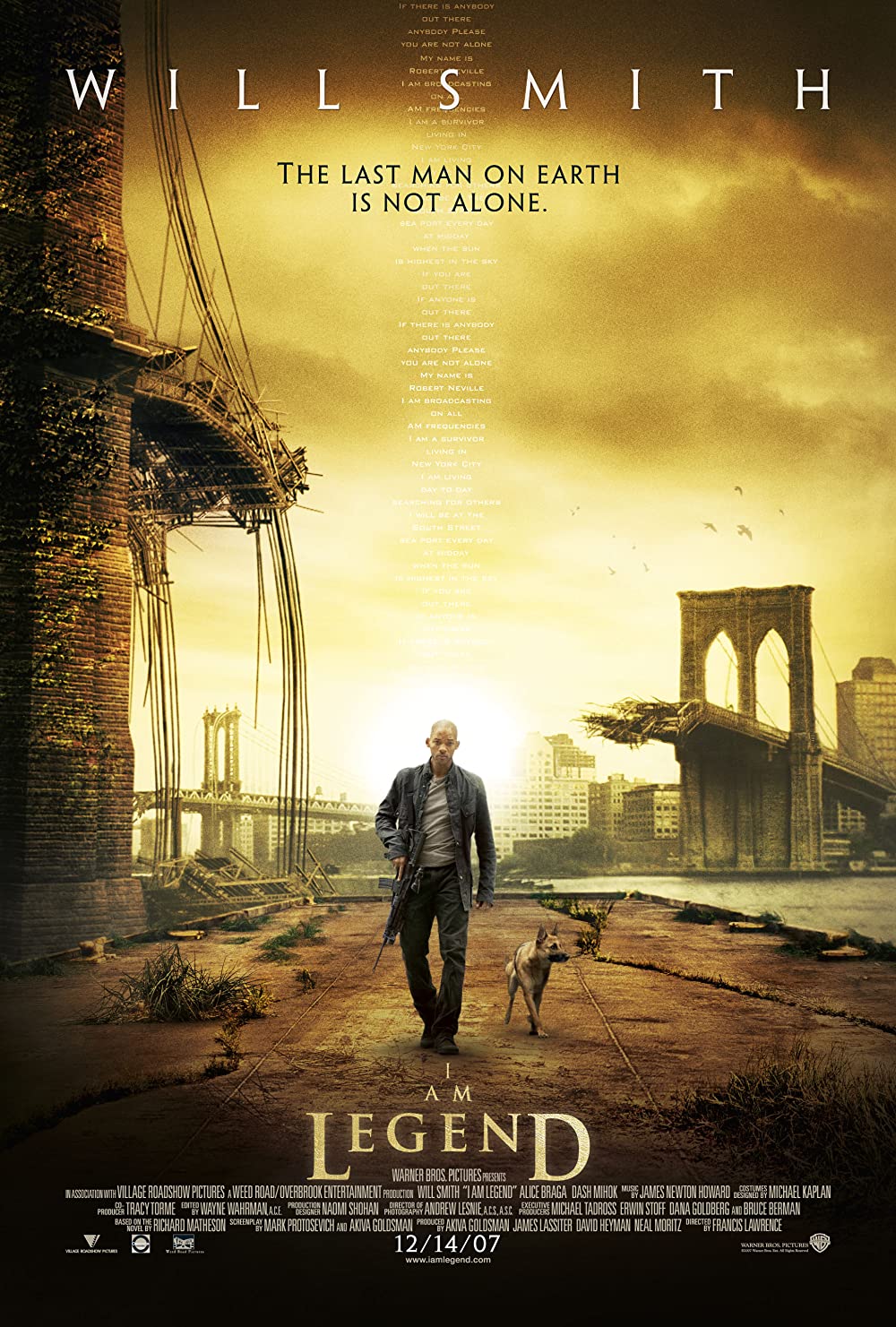
This film is an adaptation of the 1954 Richard Matheson novel of the same name. It follows virologist Robert Neville, who is the only New York survivor of a virus outbreak. Said virus was actually a genetically modified measles virus. Scientists developed the virus to cure cancer, only to wreak havoc on humanity. The virus ends up killing most of the world’s population, with those surviving infection essentially becoming zombies.
Despite some criticism for deviating from the source material, the film was a commercial success, grossing over $500 million internationally. Its critical reception was more mixed. Many praised Will Smith’s performance, while others criticized the film’s writing and special effects. It currently has a 67% rating on Rotten Tomatoes. Still relatively positive, but not exactly acclaim.
World War Z (2013)
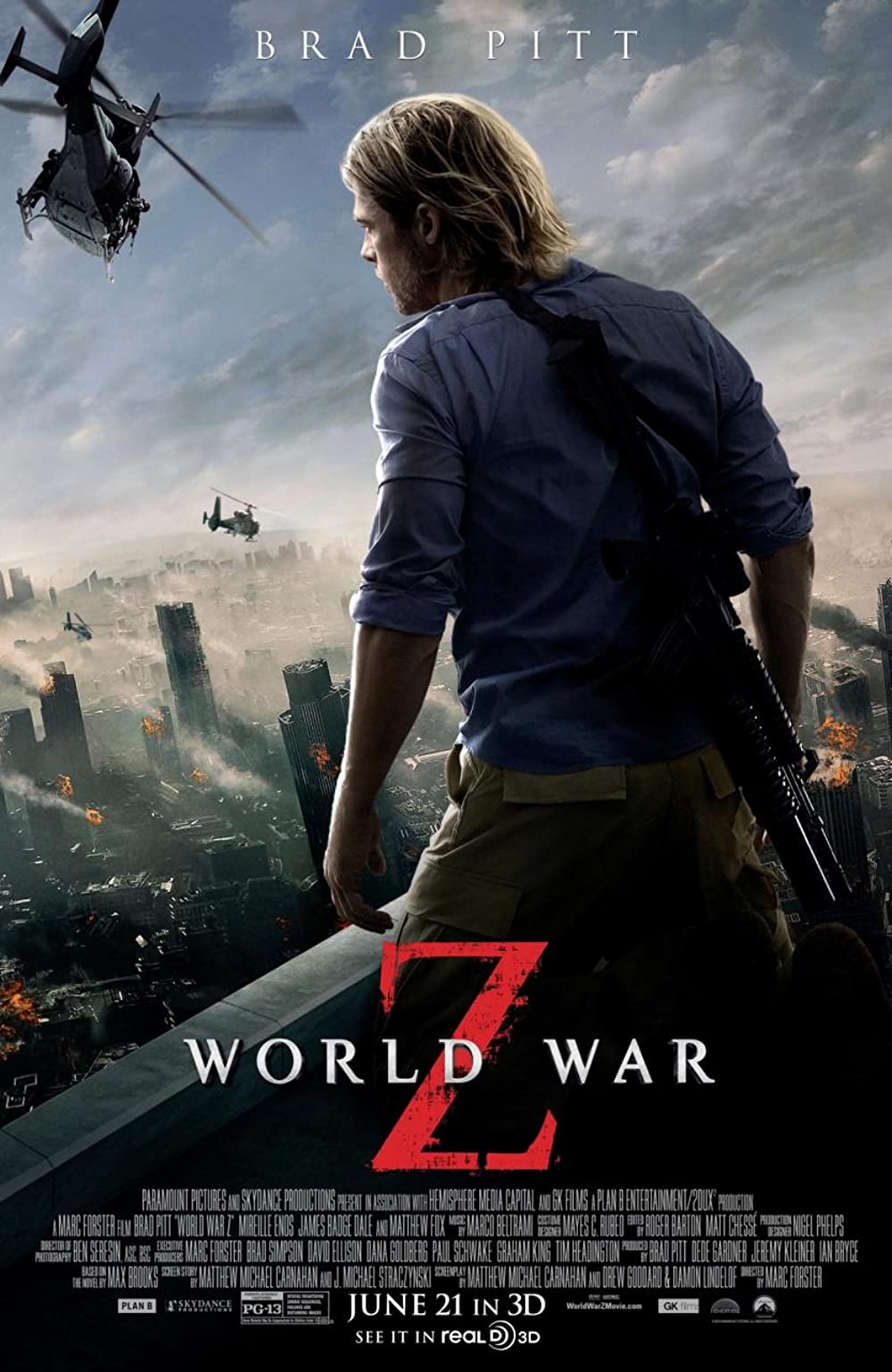
Unlike some of the films on this list, World War Z does not have a universally positive reception. In fact, it only has a 66% rating on Rotten Tomatoes. However, it became a major financial success story, becoming the highest-grossing zombie film in American history.
The film depicts a zombie invasion caused by a virus outbreak, as well as efforts to stave off the zombies. It also depicts efforts by survivors to avoid infection, as well as efforts to develop a vaccine.
World War Z is actually based on a 2006 novel with the same name. It deviates somewhat from the source material, which proved to be one of the film’s biggest criticisms. Due to the movie’s success, a sequel was initially greenlit. However, the sequel was canceled, reportedly due to budget concerns over at studio Paramount Pictures.
Armageddon (1998)

Armageddon is one of the most iconic end-of-the-world movies. But it’s also not one of the best. In fact, it only has a 37% rating on Rotten Tomatoes. So what is this film doing on this list?
As mentioned earlier, while it had a mixed reception, it was quite successful. Indeed, it’s probably one of the first films that come to mind when asking about apocalypse movies. It grossed over $550 million internationally for a reason. While critics criticized its writing and scientific accuracy, they did praise its visual effects.
The film itself is about efforts to save the world from an impending asteroid impact. A hydrogen bomb is used as the method of destroying the asteroid. Real-life scientists have criticized this approach. The largest bomb ever made, the Tsar Bomba, would not be enough to obliterate a Texas-sized meteor.
Despite the film’s mixed reception, many still fondly remember the film. It is a staple of cable movie channels and internet streaming.
The Rover (2014)
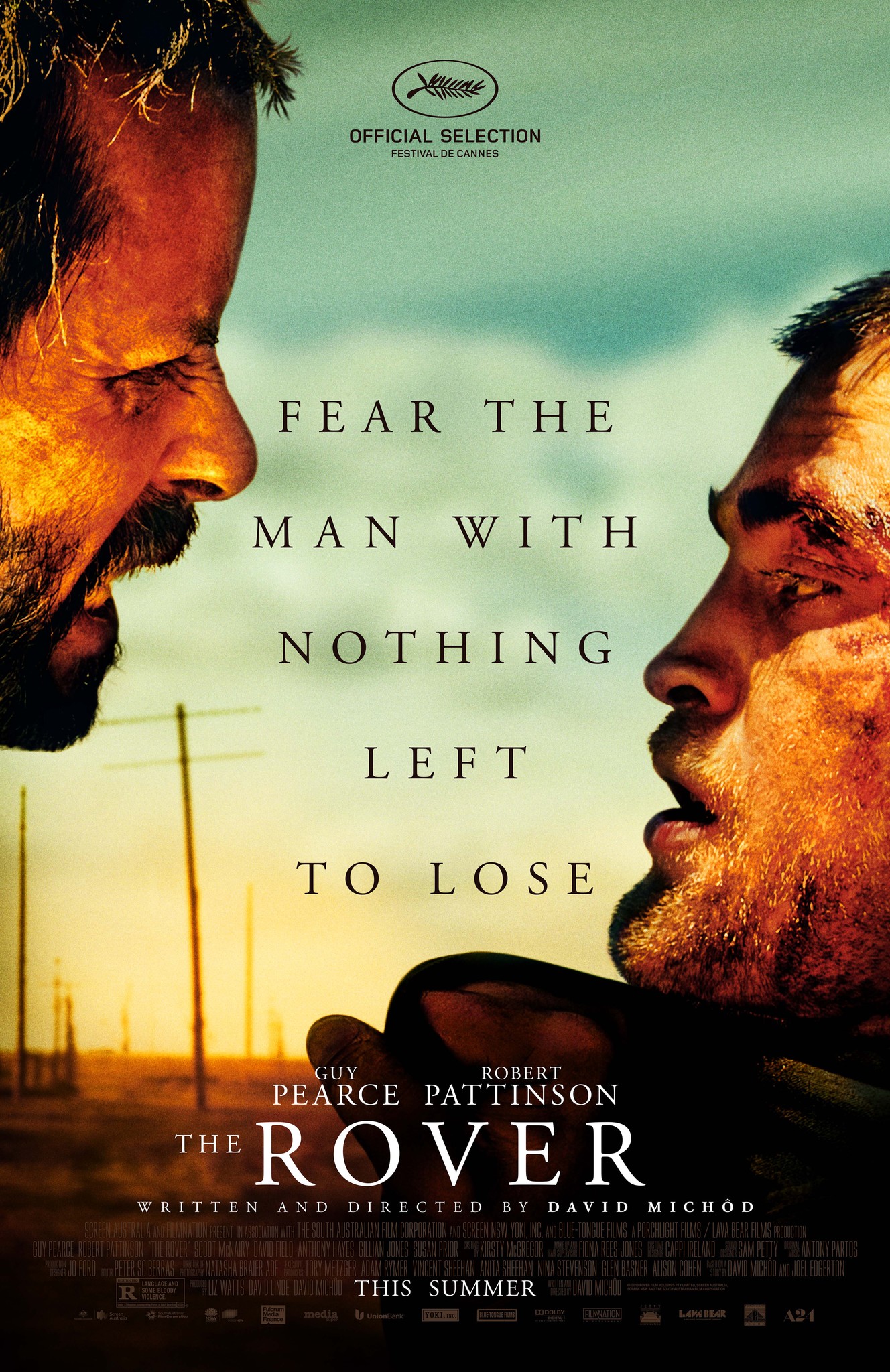
Just like the Mad Max franchise, this one is of Australian origin. However, it was not nearly as successful. Against a budget of 8 million Australian dollars, the film only grossed 3.2 million USD internationally. The film does have a positive reception, with a 66% rating. The site’s critics consensus states that the film is watchable despite writing issues. It notably had a good reaction at the Cannes Film Festival.
Like other end-of-the-world movies, it deals with an apocalyptic event. This time, it deals with the consequences of an economic downturn. Much like Mad Max was about a lawless Australia, The Rover has a similar setting. The lead character is Eric, an enigmatic man searching for his stolen car. Reynolds, the brother of one of the robbers who stole Eric’s car, becomes Eric’s companion.
Cars, Australian setting, apocalyptic setting, it does sound like Mad Max, right? Indeed, critics and audiences have made that connection too. However, the film is still different enough to stand on its own.
9 (2009)
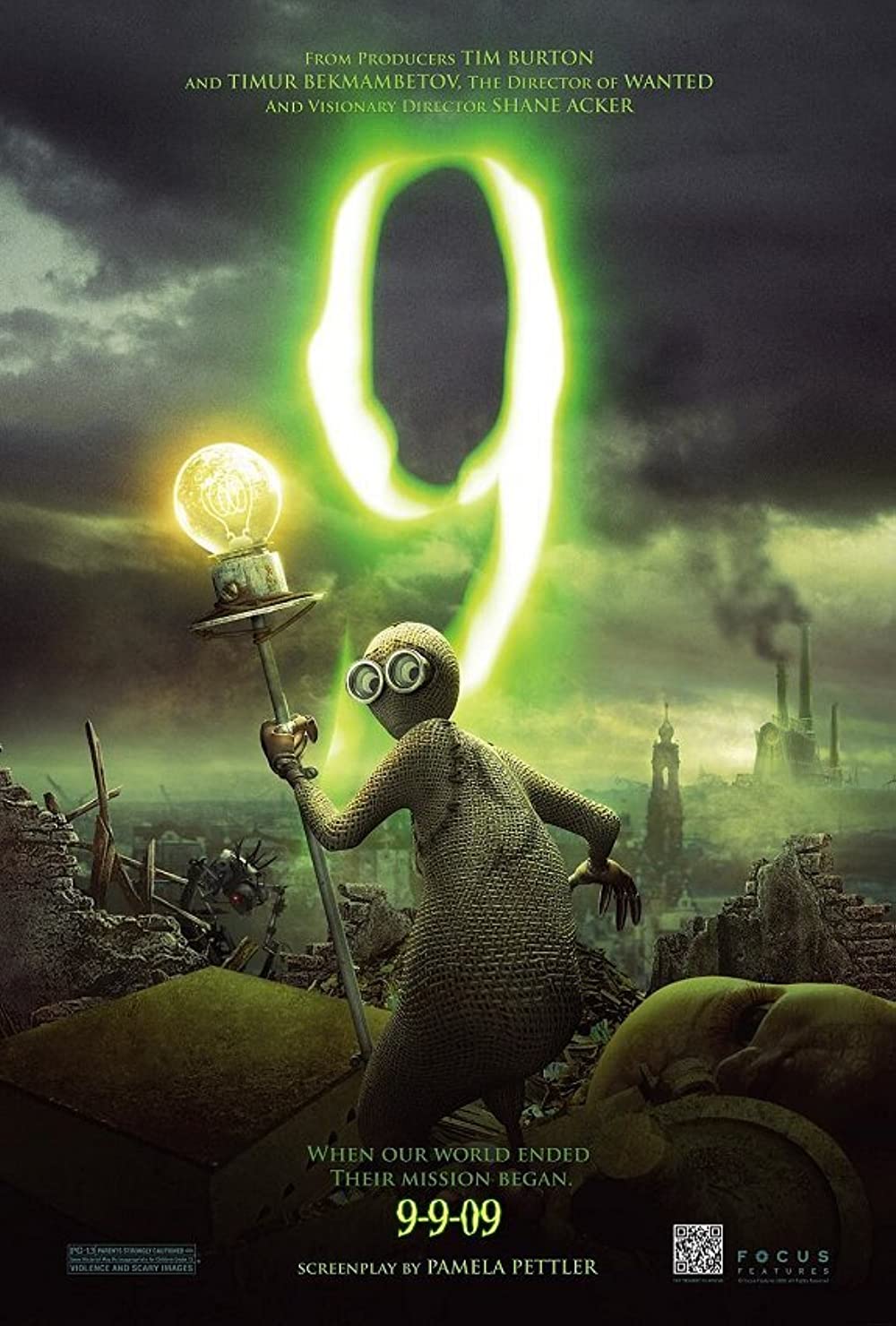
This is the first animated film on this list. It is actually based on a 2005 animated short film of the same title. It deals with the aftermath of the robot-induced destruction of humanity in 2012. The film’s central characters are “Stitchpunks”, a group of rag dolls imbued with the spirit of their creator. Each Stitchpunk represents an aspect of its inventor’s personality. They aim to destroy the Fabrication Machine, a rouge robot that destroyed humanity.
Producer Focus Features released the film on September 9, 2009 (09/09/09). The film has a 57% rating on Rotten Tomatoes. Critics praised its visuals and director Shane Acker. However, they noted that the writing and narrative were lacking.
The Quiet Earth (1985)
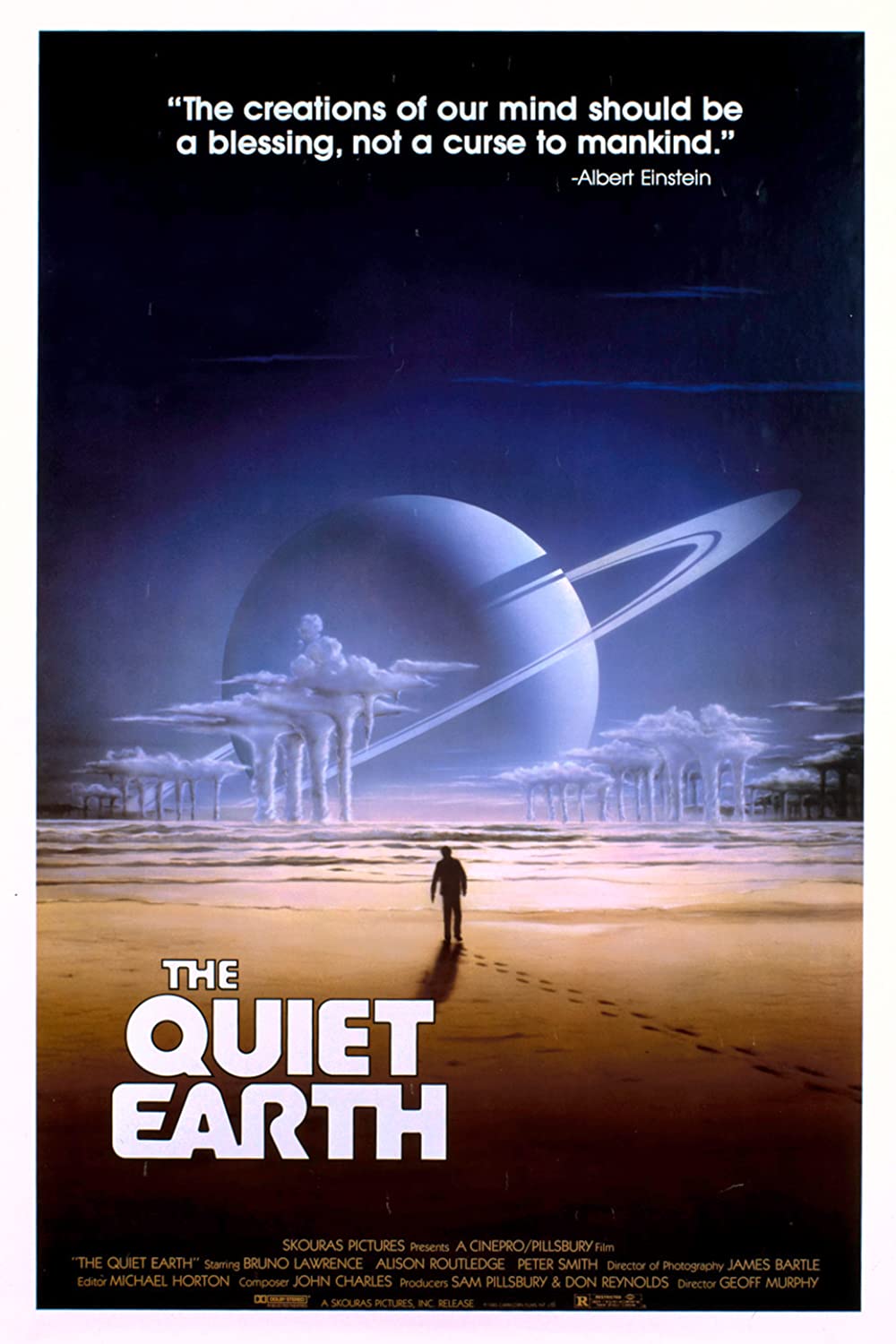
This list already has some Australian entries, so why not one from New Zealand?
The Quiet Earth‘s central character is Zac, a scientist who wakes up to discover that he is alone in the world. He was working on a project called Project Flashlight. It appears that a project experiment went wrong and wiped out all of humanity. He refers to humanity’s disappearance as “The Effect”. After some time, he learns that there are two other survivors, Joanne and Api. Due to his fears of The Effect reoccurring, he decides to destroy Project Flashlight’s facility. The film ends with The Effect’s reoccurrence, with Zac finding himself as a lone survivor once again.
The movie is based on a 1981 novel with the same title. The film’s popularity and stature grew over the years, eventually becoming a cult film. Today, critics and fans consider it one of New Zealand’s best movies ever made.
Mad Max: Fury Road (2015)
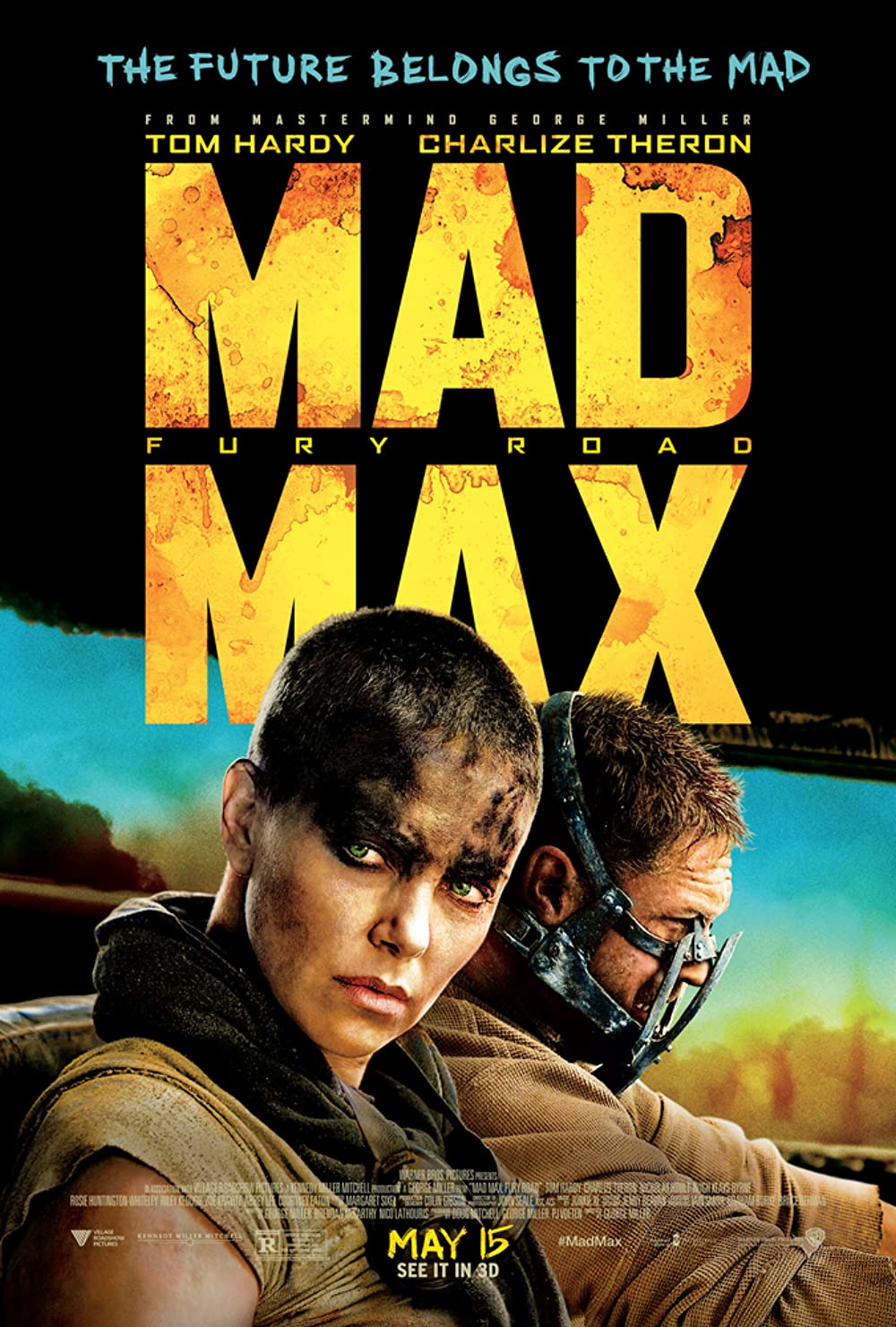
From New Zealand, we return to the world of the best end-of-the-world movies to come from Australia — the ever-popular Mad Max series.
Mad Max: Fury Road serves as a reboot of the franchise. Instead of Mel Gibson playing the title role, Tom Hardy takes over as “Mad” Max Rockatansky. Considering Gibson’s recent controversies, that is probably for the best. In this installment, Max meets Imperator Furiosa as they attempt to escape the evil Immortan Joe.
The film was a critical success with a 97% rating on Rotten Tomatoes. However, it proved to be a bit of a commercial dud. The film grossed a respectable $375 million internationally. However, its budget was $150 million. Taking into account additional expenses, the film lost as much as $40 million. Despite this, a prequel with Imperator Furiosa as the central character is scheduled for a 2024 release.
Pontypool (2009)
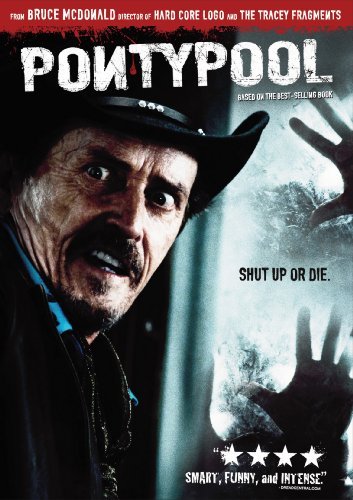
Now from Australia, we go to Canada with 2009’s Pontypool. The film deals with a virus that spreads via the use of language. The film’s writer, Tony Burgess, also wrote the film’s source material, a 1995 novel. The film had a limited release in Canada, leading to its small gross of just over $32,000. However, the film had a low budget of just $15,000, so those numbers aren’t bad in context.
It was popular with critics. It has an 84% rating on Rotten Tomatoes, with critics praising the film’s resourcefulness with its limited budget. The film has spawned a 2019 spin-off titled Dreamland. A sequel titled Pontypool Changes is in production.
Dr. Strangelove (1964)
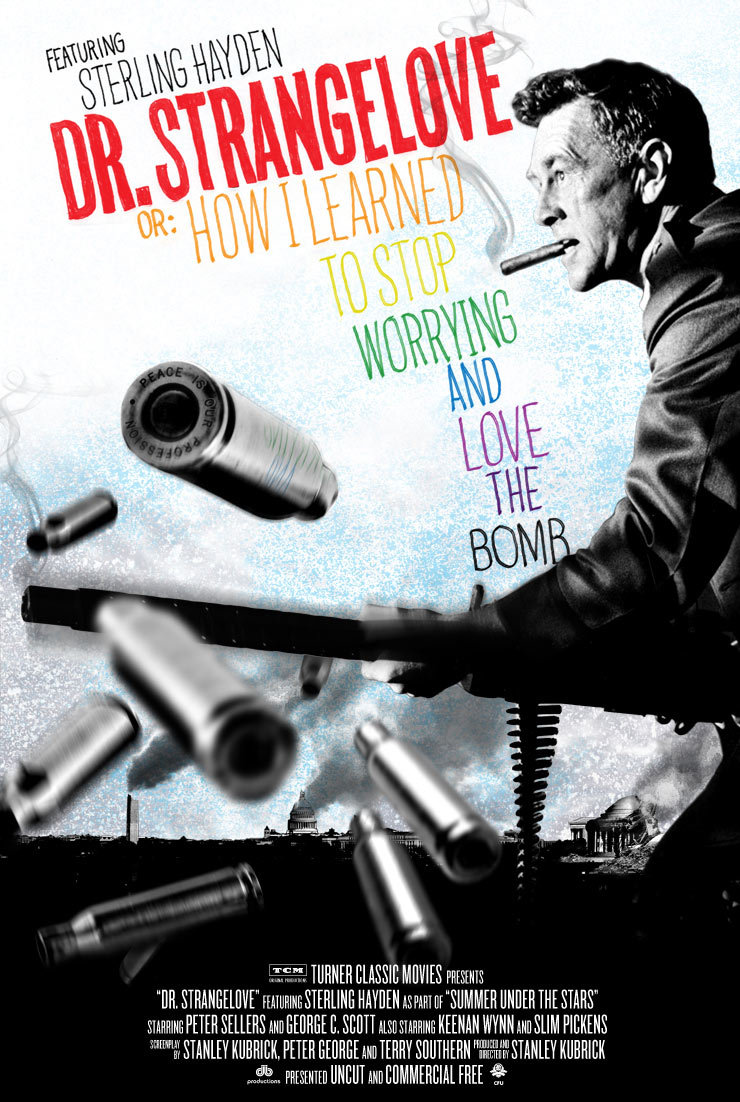
This is one of the most iconic end-of-the-world movies of all time. It is also one of Stanley Kubrick’s most famous films. An adaptation of the 1958 novel Red Alert, it is a manifestation of the lingering effects of the Cold War. The film depicts a planned nuclear attack on the Soviet Union and various efforts to mitigate its effects.
One of the most notable things about the film is that lead actor Peter Sellers plays three roles. He plays an RAF officer, the President of the United States, and the eponymous Dr. Strangelove. Notably, Dr. Strangelove is a character original to the film, as he does not appear in the source material. Dr. Strangelove is said to be an amalgamation of numerous German scientists recruited during Operation Paperclip.
The film is praised for its satire about the Cold War and nuclear warfare, both very serious matters. It was a commercial success, grossing over $9 million against a budget of $1.8 million. Roger Ebert, the famous movie critic, said it was perhaps the greatest political satire of the 20th century. Although it did not win any Oscars, it had four nominations.
The Road (2011)
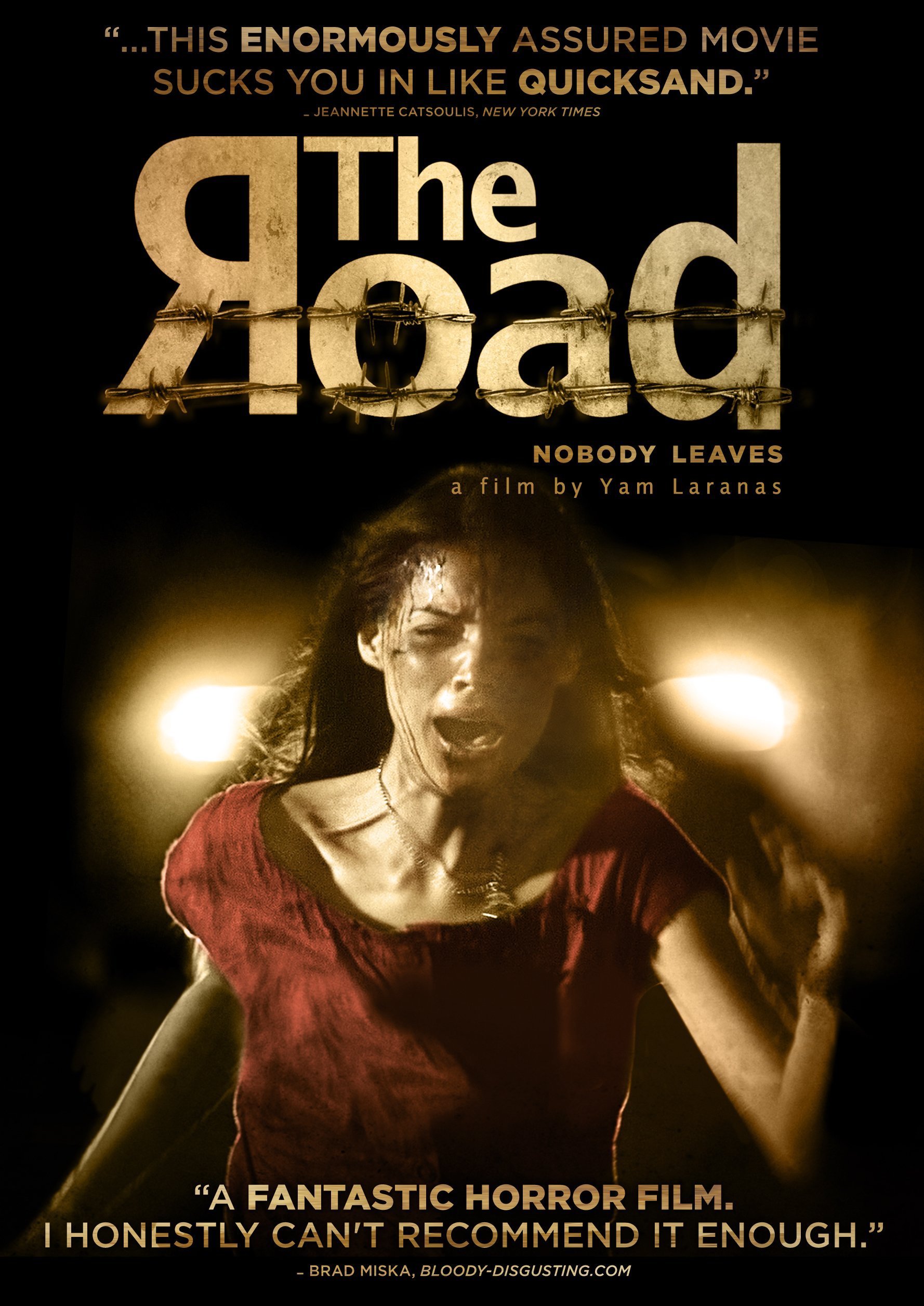
You may be starting to notice that many of the best end-of-the-world movies are actually novel adaptations. That’s probably because many films are based on novels, to begin with. The Road is another example of this.
After an unexplained phenomenon leads to a post-apocalyptic America, an unnamed man and his son struggle to survive. Years earlier, the man’s wife abandoned them as a result of hopelessness. The man and his son try to escape hostile pursuers but the man is ultimately shot and dies, but not before finding people to take in his son.
The film had a limited release, grossing only $27.6 million against a $25 million budget. However, the film had a positive critical reception with a 74% rating on Rotten Tomatoes.
A Quiet Place (2018)
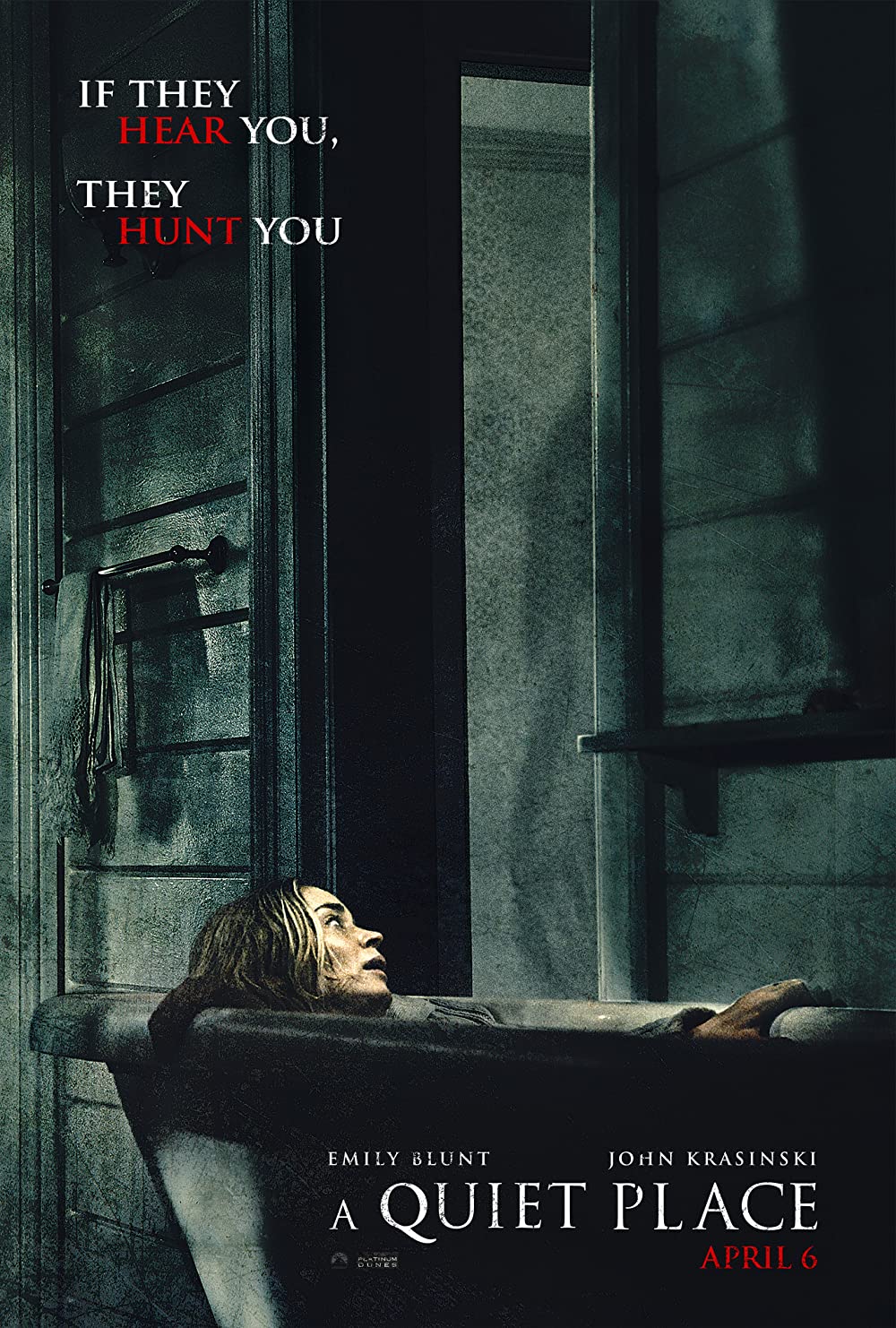
A Quiet Place is one of the most successful horror films in recent memory. Costing only $17 million to produce, it ended up grossing over $300 million internationally. It was also a critical darling, with a 96% rating on Rotten Tomatoes.
The film depicts a world overrun by aliens who have killed off most of humanity. They seek out victims through hearing. Because of this, the film’s lead characters have to communicate via sign language. Their daughter Regan is deaf, hence their familiarity with the language.
Because of the film’s success, a sequel titled A Quiet Place II was greenlit. It premiered in 2021 after a delay from its original 2020 release date due to the COVID-19 pandemic.
Independence Day (1996)
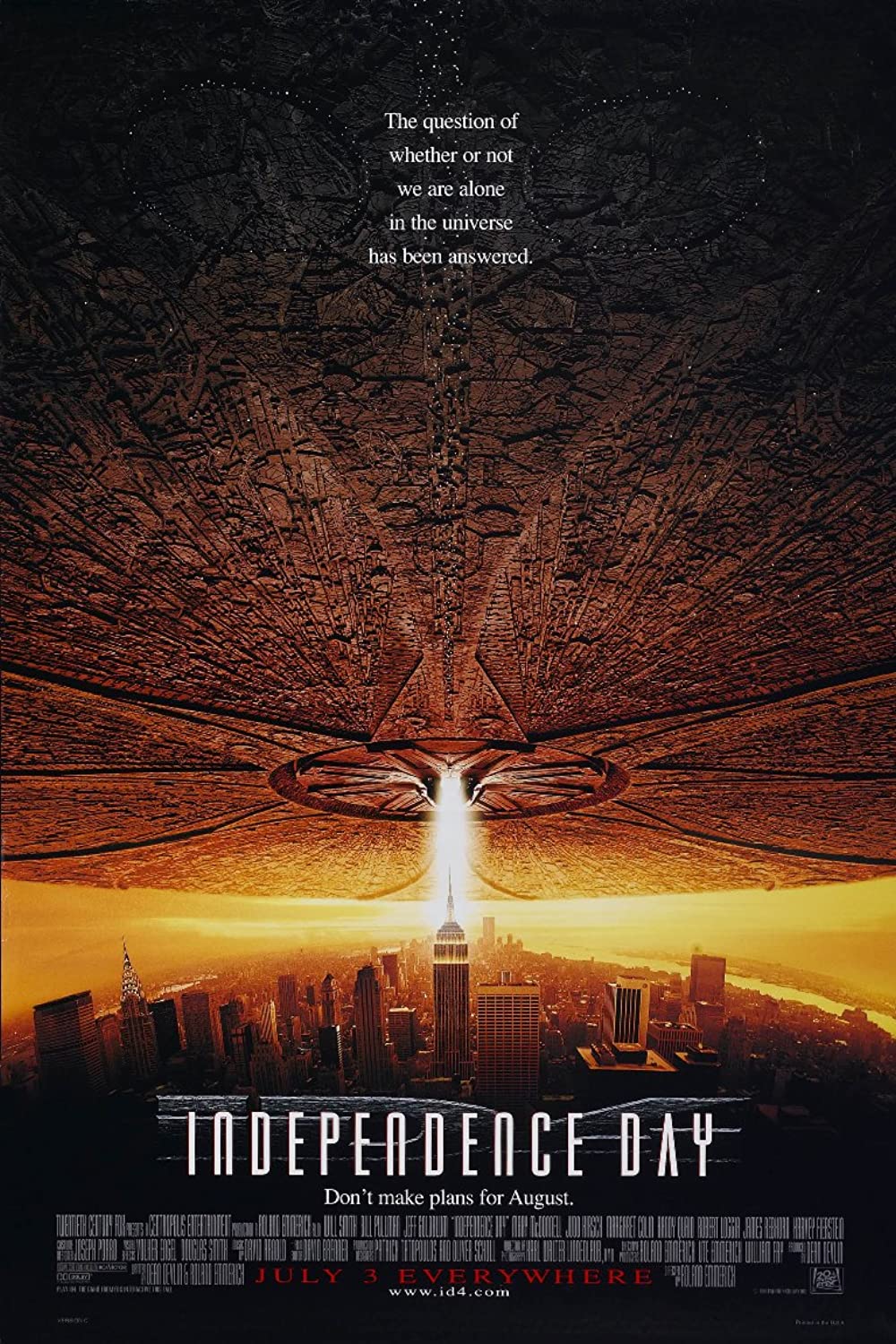
This is another end-of-the-world movie that saw more commercial success than critical. The film only has a 67% rating on Rotten Tomatoes. That puts it in the “Fresh” category but does not make it a stand-out. However, it was a massive success internationally. It grossed over $800 million internationally. At the time, only Jurassic Park had a higher total gross than it. It was successful enough to spawn a sequel 20 years later. However, the sequel did not do as well either critically or commercially.
Independence Day follows the events of an alien attack on the United States. Said attack happens around the Fourth of July, hence the film’s title. The protagonist, Steve Hiller, pilots a spaceship to defeat the aliens. He is assisted by numerous other characters. Notably, technician David Levinson and ex-pilot Russell Casse.
Terminator 2: Judgement Day (1991)
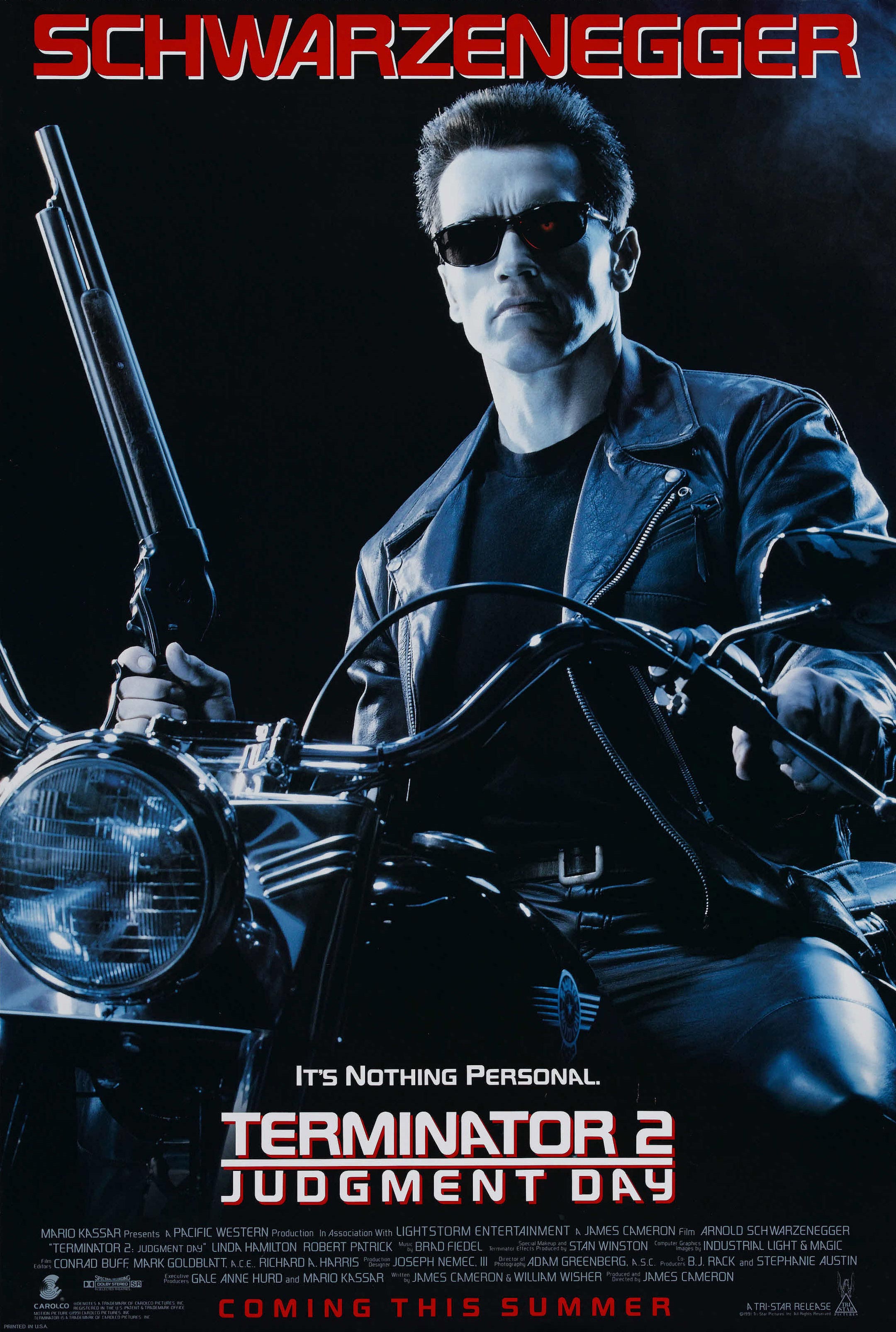
This is the sequel to the smash hit Terminator. Incredibly, it was even more wildly successful than its predecessor. It grossed over $500 million internationally. Critics also adored it, leading to a 93% rating on Rotten Tomatoes.
The sequel follows Sarah Connor, who is now in jail following the events of the first film. A new, less-advanced Terminator, comes to the present. Unlike the previous Terminator, this one came to protect rather than kill her. A different Terminator, more advanced than the one from the first film, also arrives. This one actually intends to kill John Connor. Notably, the new Terminator is made of liquid metal. This means that defeating it is almost impossible. The film ends with both Terminators being destroyed in vats of molten metal. So it seems neither was indestructible after all.
The Day After (1983)
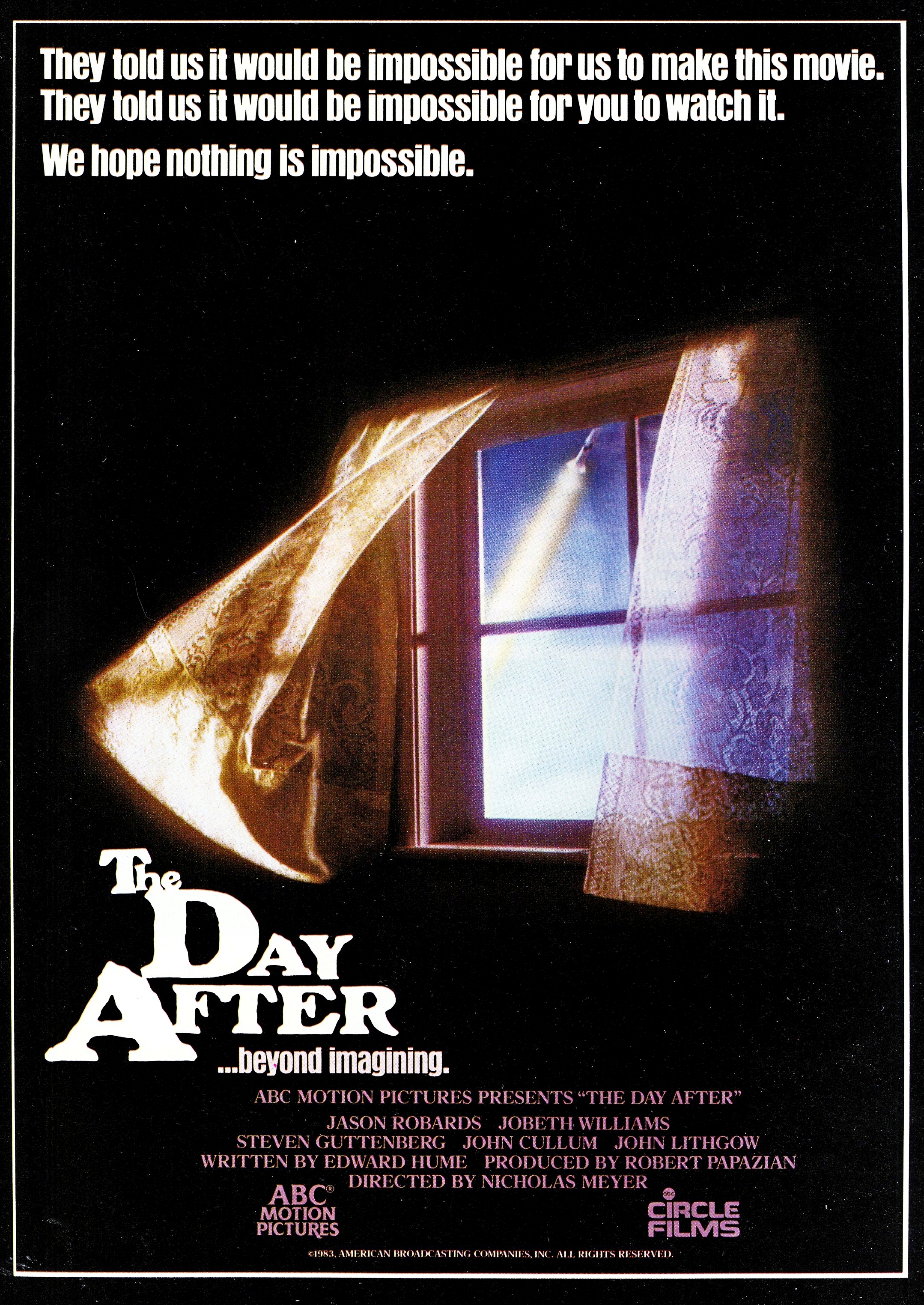
This film is quite unique among those mentioned on this list. Unlike most films of the time, this did not premiere in theaters. Instead, it was a made-for-TV movie. It was quite a successful one too: as of 2009, it was the highest-rating made-for-TV movie in U.S. history. As many as 100 million people watched its premiere back in 1983. Not bad considering, by broadcaster ABC’s request, the film’s cast primarily consisted of unknown actors. In addition, the network promoted the film for months in advance, even sending viewer guides to households.
The film is another example of a manifestation of Cold War anxieties. The plot involves an imaginary war between the Western and Soviet-aligned blocs. Said war would affect the lives of families living in the Midwestern United States. Some of these families even live next to nuclear silos, hence the tension. Today, the film is remembered for showing the theoretical effects of a nuclear war.
The film proved to have a profound effect on nuclear policy both in the U.S. and abroad. President Reagan saw the film in advance. The film led him to change some of his beliefs regarding nuclear war. Notably, the film also aired in the Soviet Union, where it aired with a faithful translation and cut.
The Day After Tomorrow (2004)
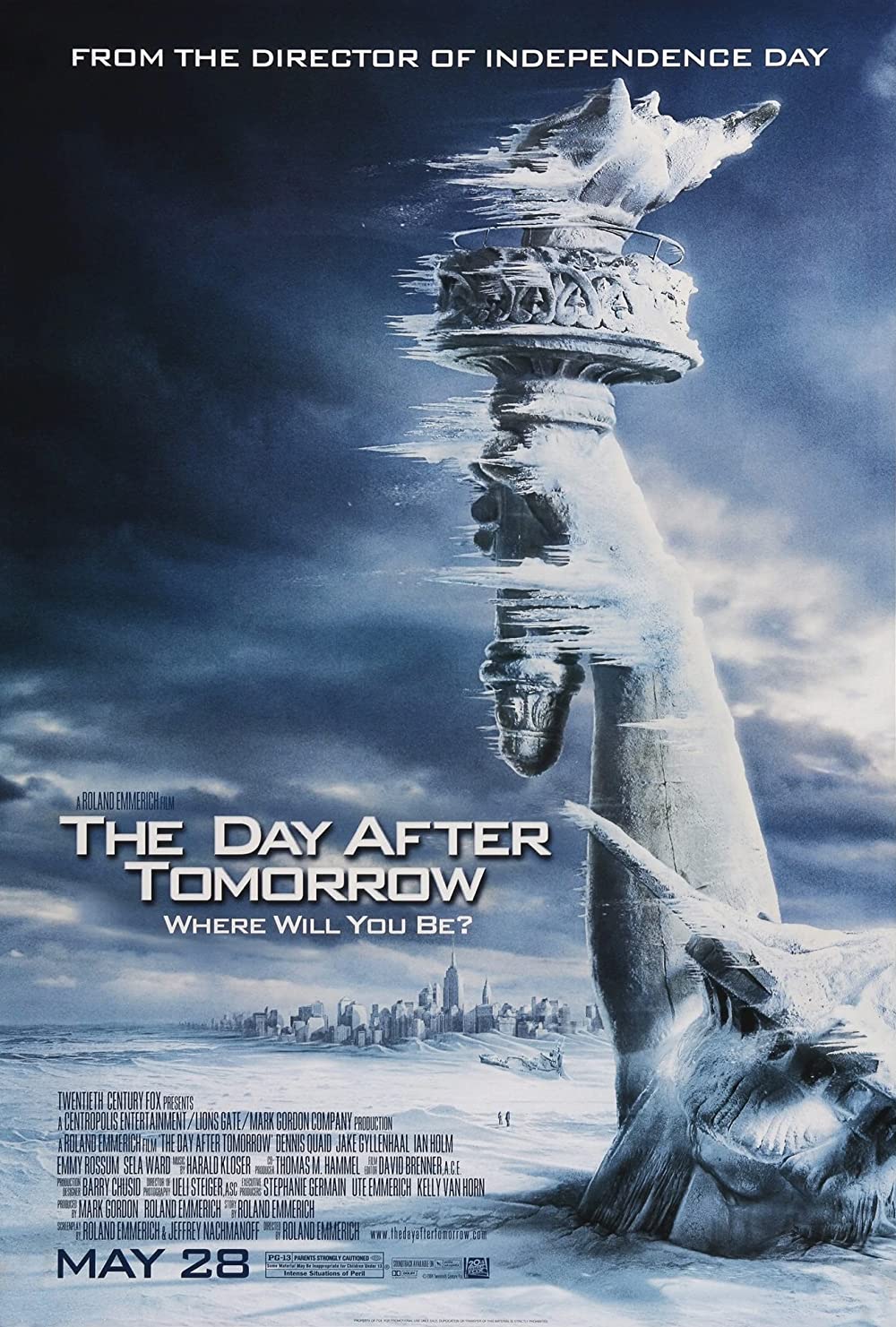
You may be starting to notice a pattern here. An end-of-the-world movie that did well at the box office but less so critically. The Day After Tomorrow grossed over $500 million internationally. However, its critical reception was more mixed. It only has a 45% rating on Rotten Tomatoes, which actually gives it a “Rotten” score. However, it was a popular film and this list would feel incomplete about it.
Unlike The Day After which depicted a theoretical nuclear war, this film instead focuses on extreme weather. In particular, it shows how disrupting ocean circulation could cause climate disruption. Scientists praised the film for raising the alarm on climate change. However, they criticized other aspects of the film. Most notably, they said that an ice age cannot happen so quickly due to extreme weather events. Climate changes should have taken place over years or even decades instead of mere hours. One environmental activist said that the movie was “a great movie and lousy science”.
On the other hand, while critics trashed the film’s scientific accuracy, they did praise its special effects. The film heavily used computer-generated graphics. According to some sources, the film’s opening sequence could be the longest all-CG scene ever produced.
Delicatessen (1991)
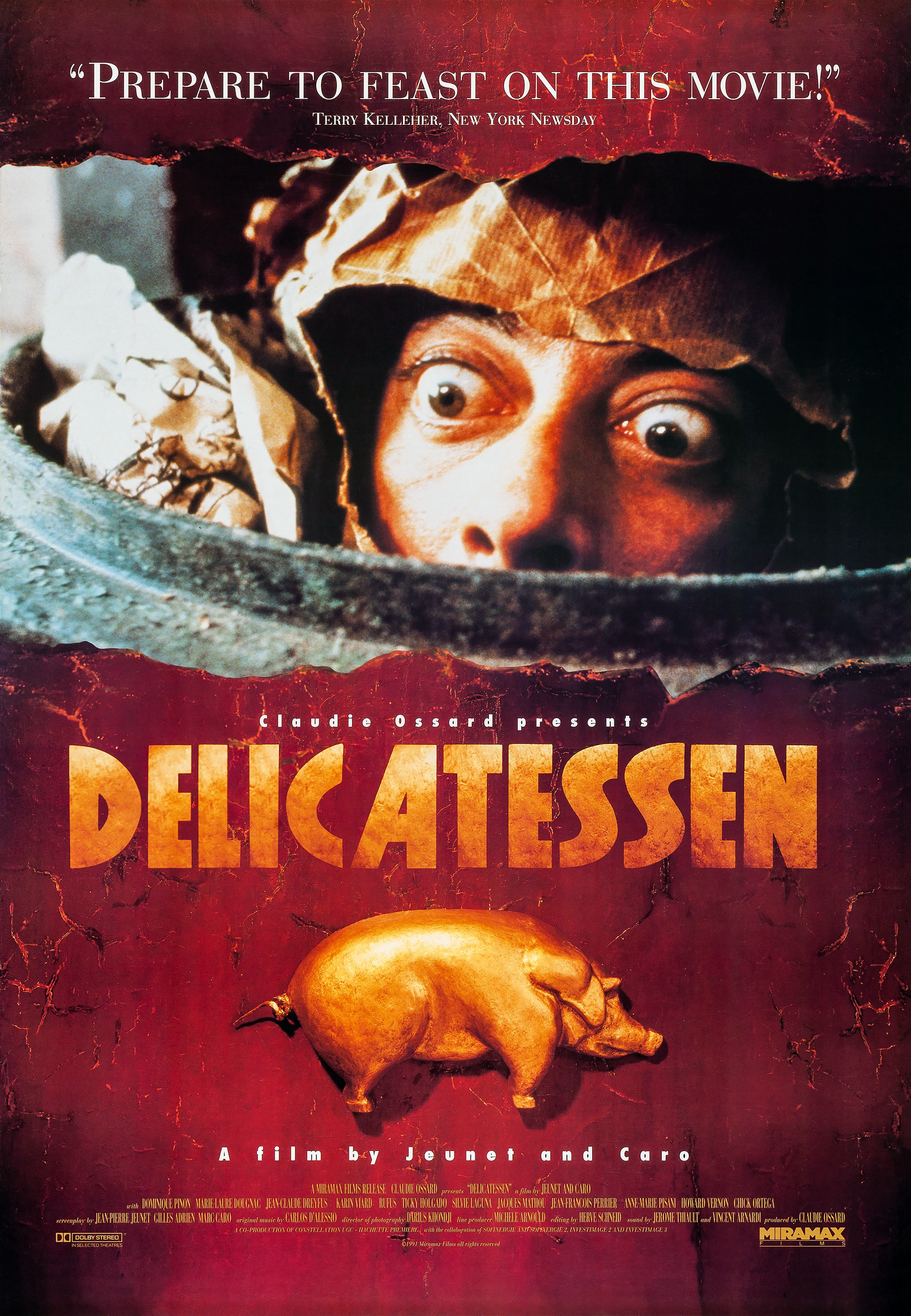
From the depths of Hollywood thrillers, we now move on to one of the most romantic countries on Earth. The French are world-renowned for their films and this one is no exception. The year 1991’s Delicatessen features a butcher’s shop in a post-apocalyptic France. The meat shop secretly sells human meat to unsuspecting customers. How does this happen? The shop’s owner Claret, who also owns the building, “hires” workers for the shop. However, he kills the new hires and sells their flesh. The film’s protagonist is a new hire named Louison. Claret actually intends to kill Louison, but the latter is such an effective worker that he holds off. Over time, Louison falls for Claret’s daughter Julie, thus further complicating matters.
Despite the film’s premise, it is not a thriller or a romance. It’s actually a black comedy. However, it does deal with some serious themes, including war, vegetarianism, and the end of the world. Although some critics criticized the writing, others praised it for its mixture of comedy and post-apocalyptic themes. It currently has an 89% on Rotten Tomatoes and has won numerous awards both in Europe and internationally.
On The Beach (1959)
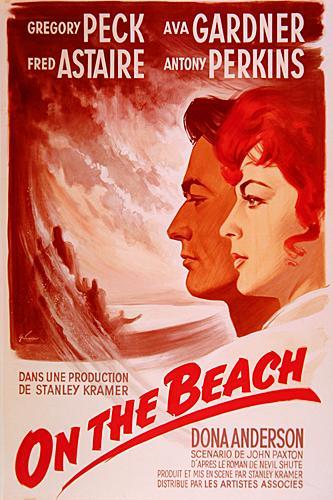
One of the oldest films on this list, On The Beach is one of the best end-of-the-world movies of its era. Critics and audiences have praised its discussion of the possibilities of World War III. This is even though the movie was actually a commercial flop during its initial release. Several big-name actors of the time such as Gregory Peck, Ava Gardner, and Fred Astaire starred in the movie.
Based on a 1957 novel of the same name, the film depicts the Norther Hemisphere being devoid of humans as a result of a nuclear war. Instead, humanity largely lives in the Southern Hemisphere. This is because radiation was initially limited to just the Northern Hemisphere. Eventually, radiation spread throughout the rest of the world and the rest of humanity dies.
One interesting anecdote about the film is that Gardner reputedly said that Melbourne was a great place to make a film about the end of the world. However, there are no reports corroborating that she ever said that statement. Instead, a writer for the Sydney Morning Herald created the quote, initially because he was reporting that reports about the claim could not be verified. An Australian made-for-TV remake came out in 2000.
Nausicaä of the Valley of the Wind (1984)
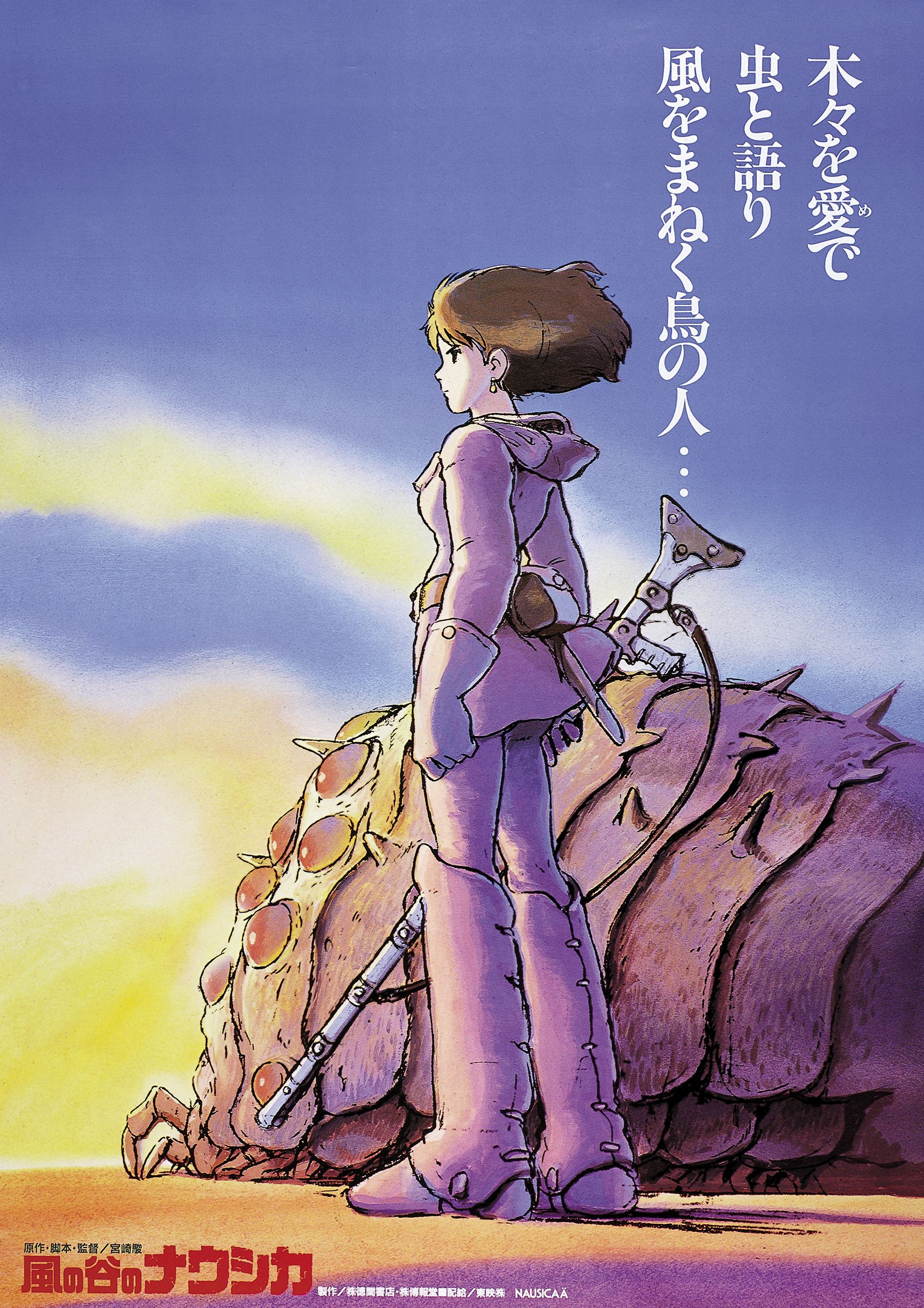
This is the only anime (or indeed Japanese) film on this list. Critics and fans consider it to be one of Hayao Miyazaki’s best films, if not his best. The film is actually based on a manga (comic) by Miyazaki which first came out two years prior.
The movie deals with the titular character, a princess living in a post-apocalyptic world. Civilization broke down as a result of the Seven Days of Fire, and the Earth is mostly a toxic forest. She aims to purify the forest and free it from pollution, allowing humans to live in it peacefully.
The film was released in 1984, which was actually before Studio Ghibli was founded. However, considering Miyazaki’s involvement, it is often associated with his other films. In addition to the subtitled released, two English dub versions exist. The first, Warriors of the Wind, has poor reception due to significant edits and deviations from the original. Notably, Miyazaki disliked it so much that he insisted that all his future films would not have any edits. He even sent a katana to Miramax Films, who planned to distribute Princes Mononoke, to prove his point. Disney released a more faithful dub in 2005.
As mentioned earlier, various writers have declared it one of Japan’s greatest films. It has even influenced Western media, with films such as Star Wars: The Force Awakens taking inspiration. The film has also inspired many Japanese and Western video games. It has an 89% rating on Rotten Tomatoes.
Invasion of the Body Snatchers (1956)
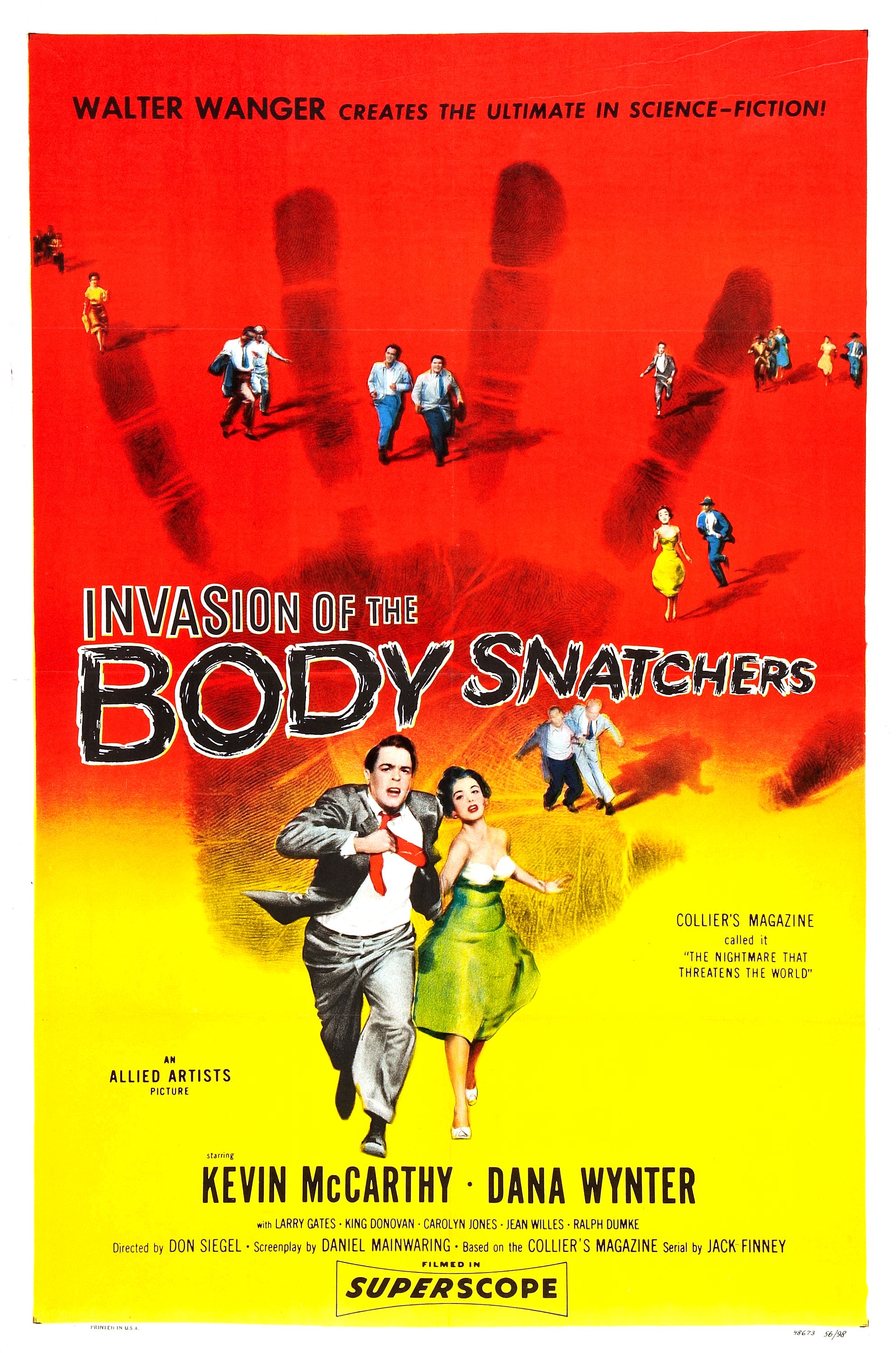
The oldest film on this list is yet another end-of-the-world movie based on a science fiction novel. This time it’s first published in 1954. Interestingly, during its initial theatrical run, this film ran as a double feature with The Atomic Man. Double features were common practice at the time. The movie did make back its budget, earning $3 million at the box office against a budget of around $400,000. However, the film did not become highly regarded until years later. Today, it is considered one of the best end-of-the-world movies of its era. The National Film Register also selected it for preservation.
The film is not actually about bodies being snatched. Instead, it’s about an alien invasion caused by the arrival of alien plant forms on earth. These plants create clones of people, who are mostly identical to the originals except for a lack of emotions. This leads to the coining of the term “pod people” to refer to these emotionless clones. Interestingly enough, the term “pod people” later became popular in real life to refer to people lacking emotions. Such people are also called simply “pods”.
War of the Worlds (2005)
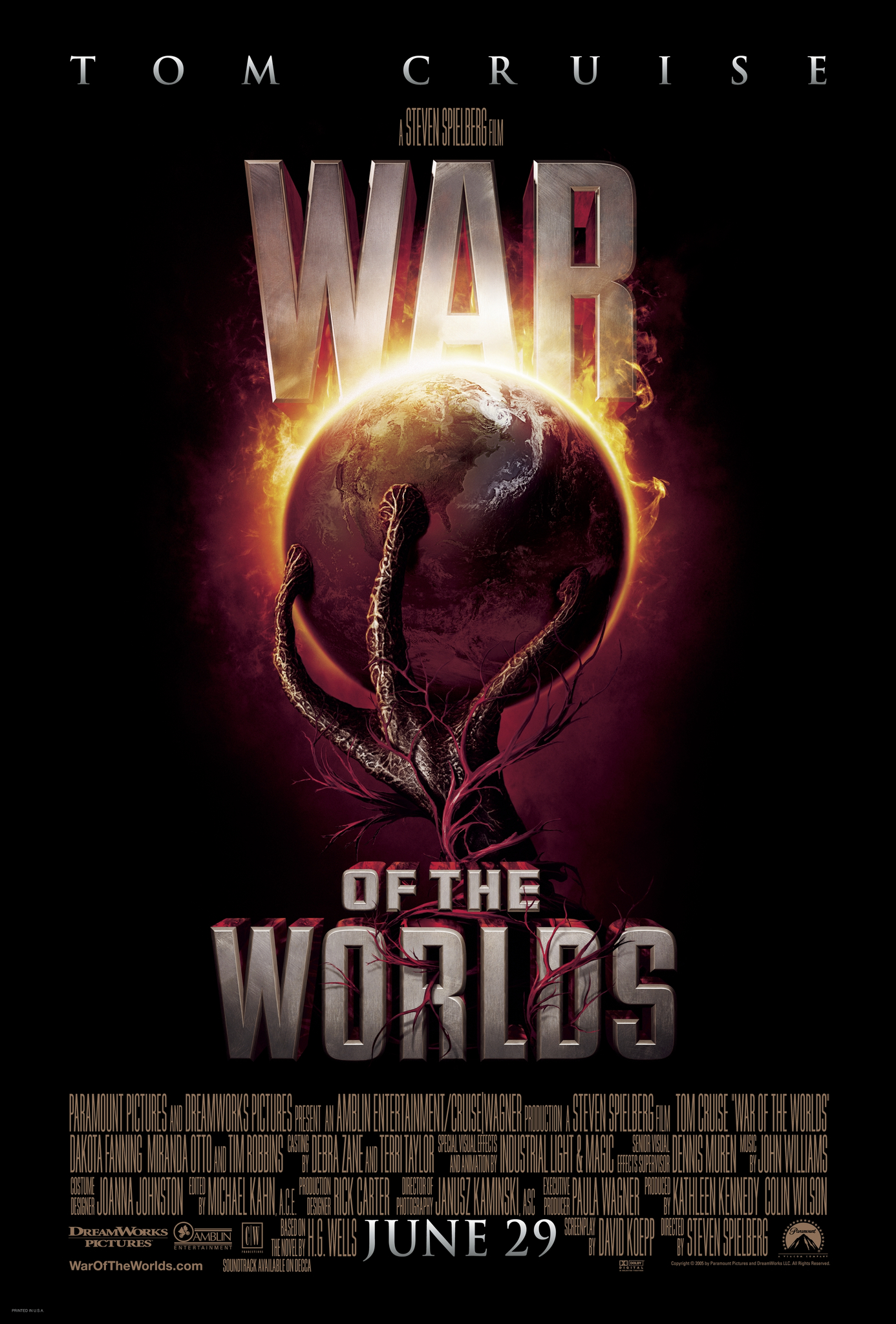
This film is based on an 1898 H.G. Wells novel and stars Tom Cruise and Dakota Fanning. It deals with the main character aiming to reunite his children with his ex-wife following an extraterrestrial invasion. The film proved to be popular among critics, as seen by its 75% rating on Rotten Tomatoes. It was also a box-office success, grossing over $600 million internationally.
One of the notable things about the film was that its production was shrouded in secrecy. Reportedly, director Steven Spielberg was unwilling to show the script to anyone else. In addition, other than trailers and a scene shown at a press conference, little of the film was released before it premiered.
Deep Impact (1998)
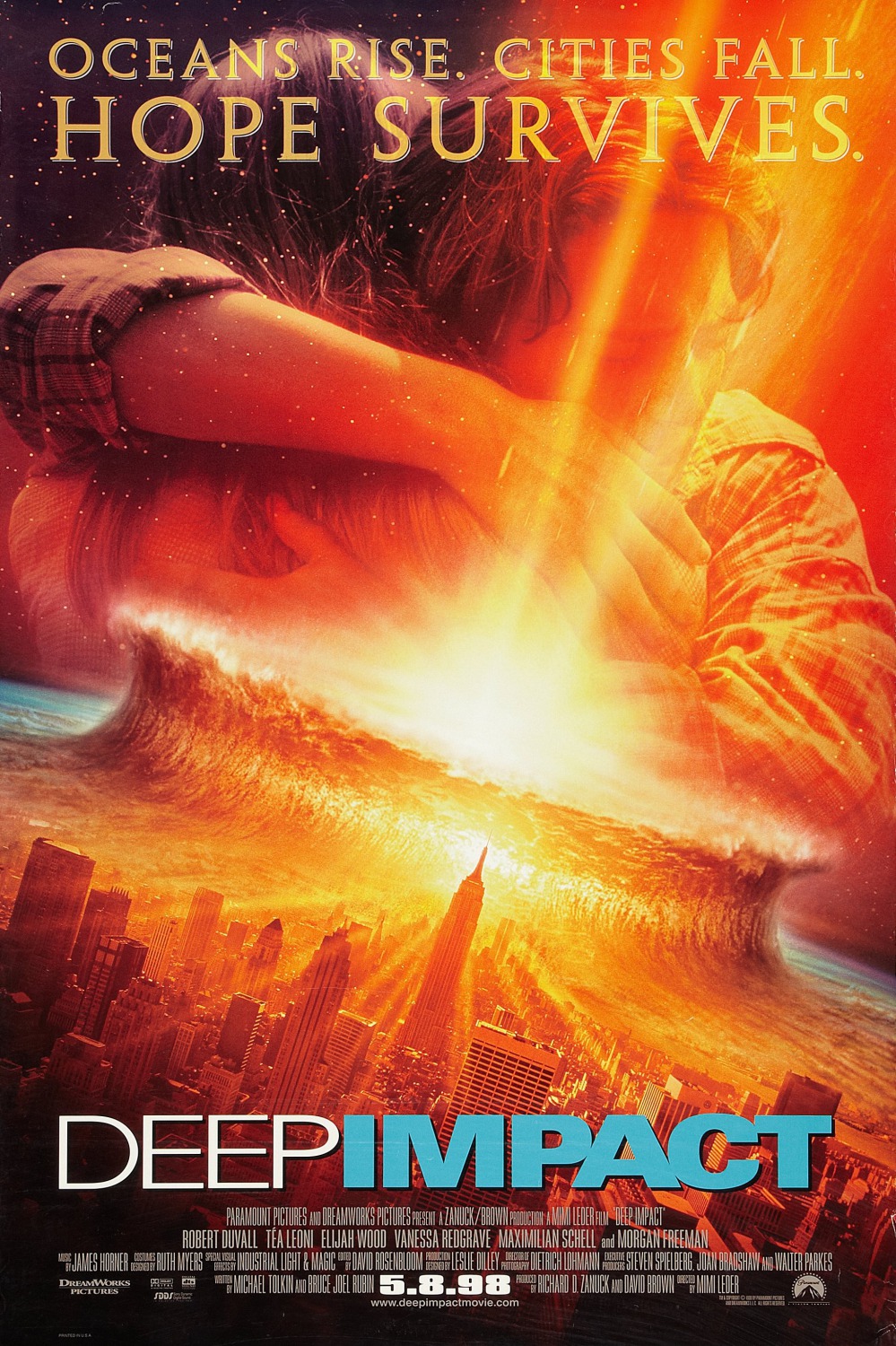
Yet another successful end-of-the-world film with a somewhat negative reception among critics. Since its release, audiences and writers have often compared it to Armageddon. However, unlike that film, many consider Deep Impact to be more scientifically accurate in its depiction of an impact event. Indeed, many notable astronomers and former astronauts provided input on the production of the film.
Although it did not gross as much as Armageddon, the film was still financially successful. It grossed almost $350 million financially against a budget of $80 million. It has a 45% rating on Rotten Tomatoes. Critics praised its scientific accuracy but also criticized its dramatic themes and performances.
Rise of the Planet of the Apes (2011)
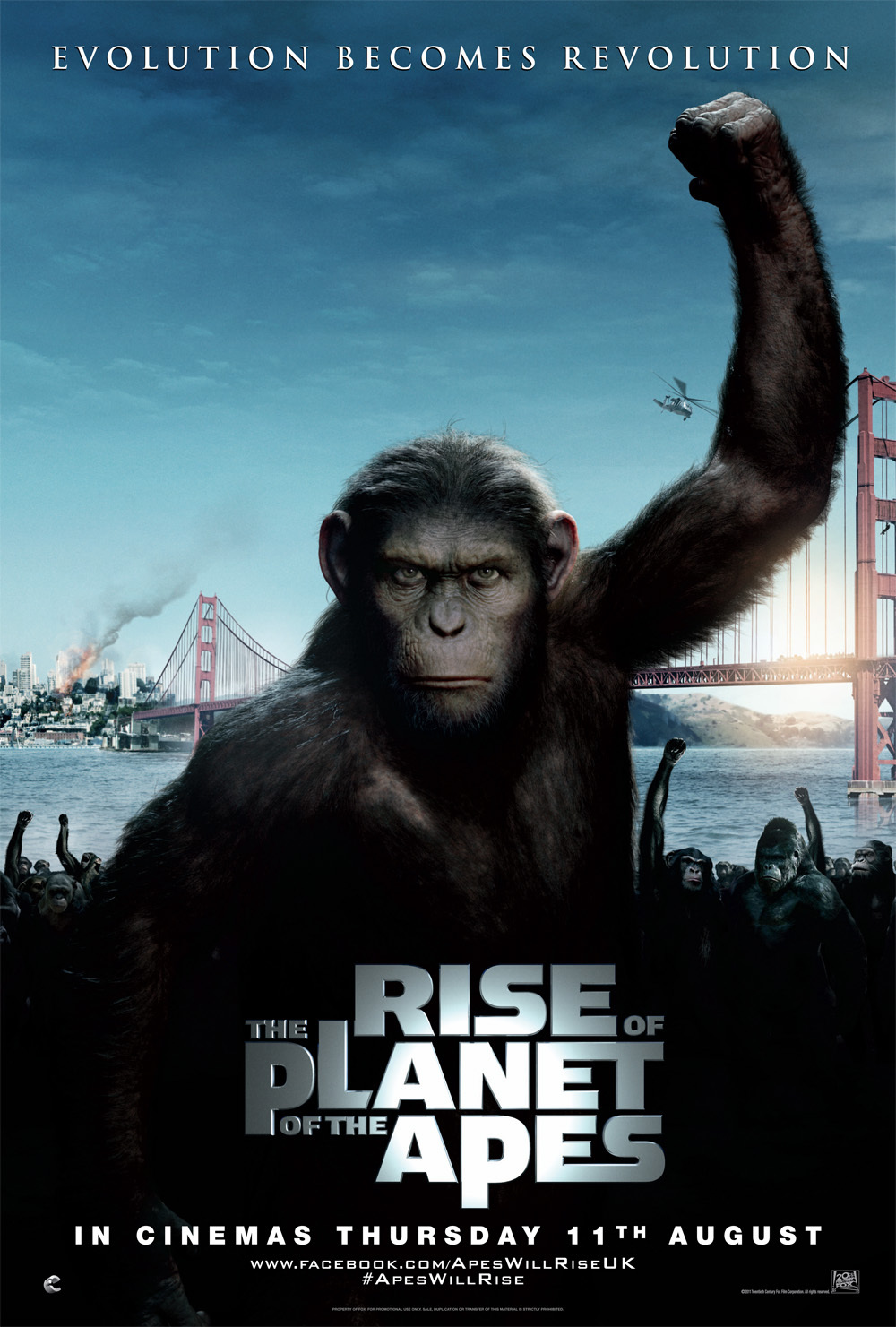
This is the first film in the rebooted Planet of the Apes series. It follows Caesar, a chimpanzee with high intelligence as a result of being the offspring of a lab chimp. His mother Bright Eyes was euthanized following a rampage, initially thought to be the result of an experimental drug. Through a series of events, Caesar becomes the leader of a group of escaped apes. These apes all gained intelligence as a result of exposure to an improved version of the original drug. The film ends with a now-iconic climatic scene where he bids farewell to his caretaker Will with the phrase, “Caesar is home”.
The film proved to be a success internationally, grossing over $480 million at the box office. It was also popular among critics, resulting in an 82% rating on Rotten Tomatoes. In particular, critics praised the film’s writing as well as its special effects. The sequel Dawn of the Planet of the Apes came out in 2014 and proved to be an even bigger hit.
Noah (2014)
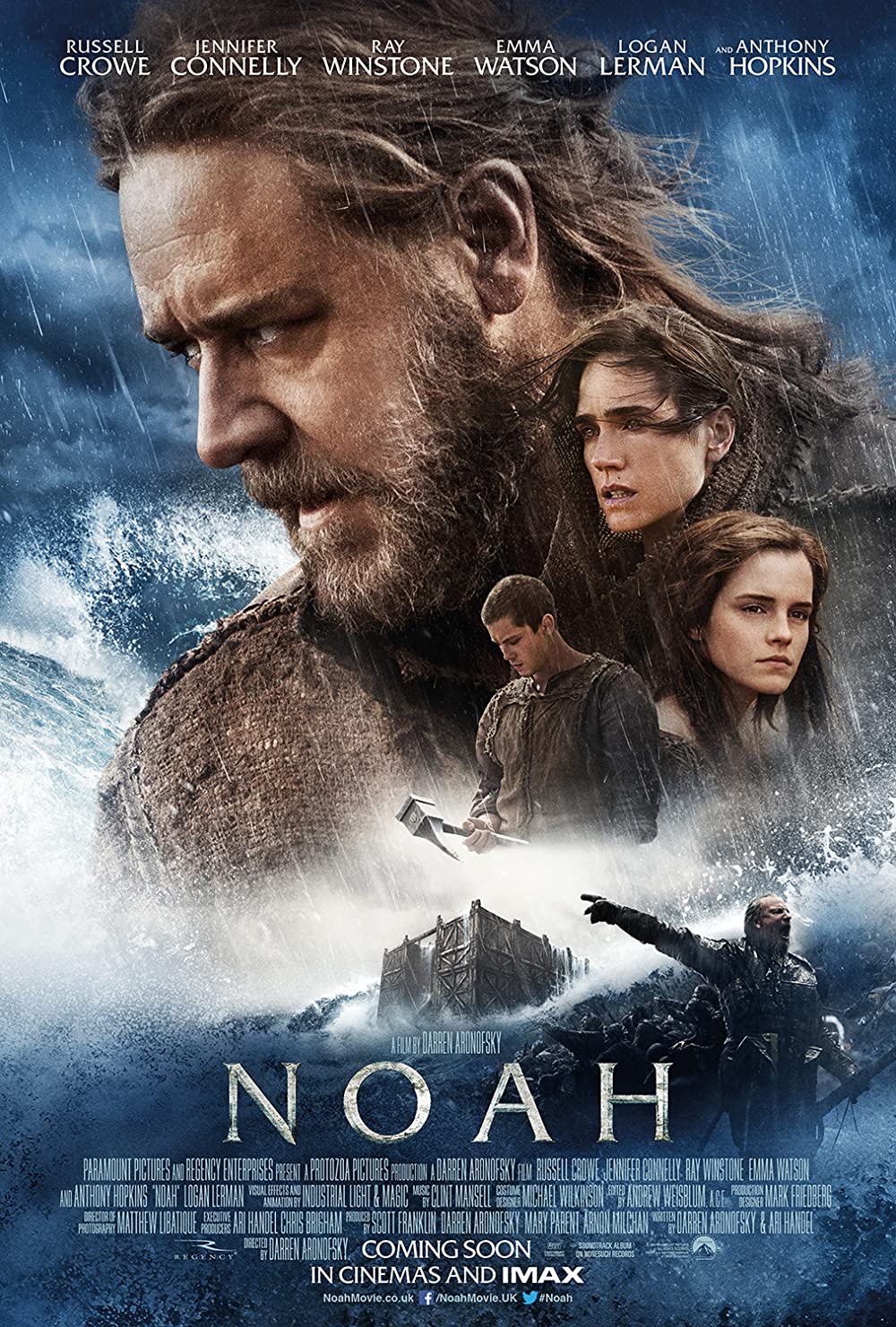
This film adaptation of the Biblical tale of Noah proved to be a success among both critics and audiences. It grossed over $360 million worldwide and has a 76% rating on Rotten Tomatoes. In addition, many religious organizations and leaders praised the film as well. The film’s environmental messages were also acclaimed.
The film was not without controversy. Many criticized its casting only white actors, instead of a diverse cast like the Biblical story and setting would imply. In addition, some Christian writers objected to how the film includes narratives from outside Genesis, including elements from the Book of Enoch. Finally, the film was banned in some predominantly Muslim countries over its depiction of religious figures. It is however worth noting that two of the film’s cast members are Jewish. In addition, production decided to include other sources for the film’s plot as the actual Genesis narrative is relatively short.
The World’s End (2013)
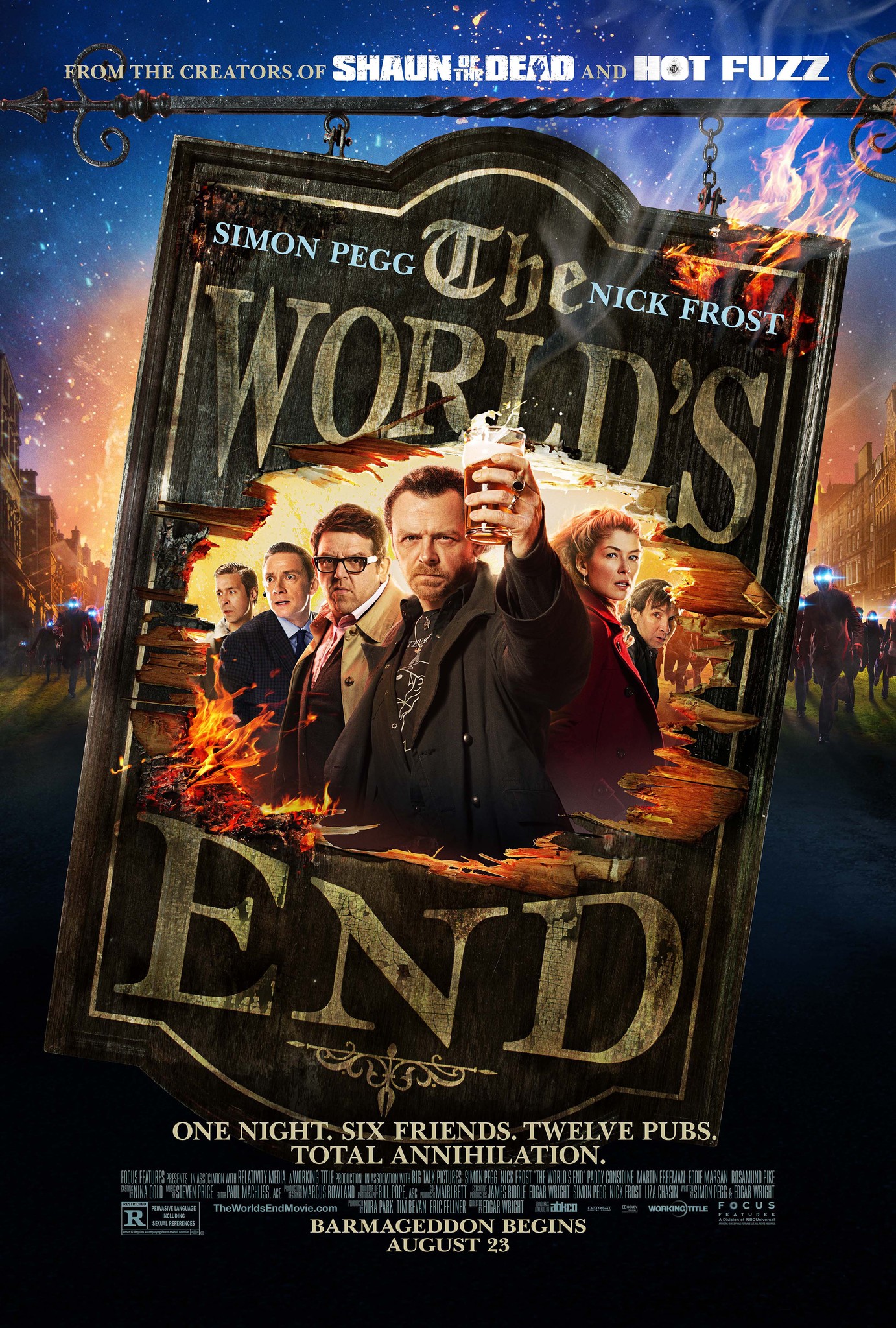
The World’s End is part of the Cornetto Trilogy, along with Shaun of the Dead and Hot Fuzz. Despite the film beginning development as early as 1995, the film did not come out until 2013. Despite being about a post-apocalyptic world, it is a comedy. In particular, the plot involves a group of friends aiming to visit pubs in their hometown, only to find themselves witnessing an alien invasion. In fact, the town’s population is now entirely composed of robots dubbed “Blanks”. Sounds comedic, right?
The film’s writers originally conceived it as a story about adults feeling out of place in their own hometowns. The science fiction elements did not come until later. Visits between multiple bars in a single round are called pub crawls. The film uses pub crawls as one of its main recurring themes.
The World’s End proved to be a success in both the UK and the US, grossing around $46 million in total. Critics also praised the film for its acting performances and comedic themes. It currently has an 89% rating on Rotten Tomatoes.
Contagion (2011)
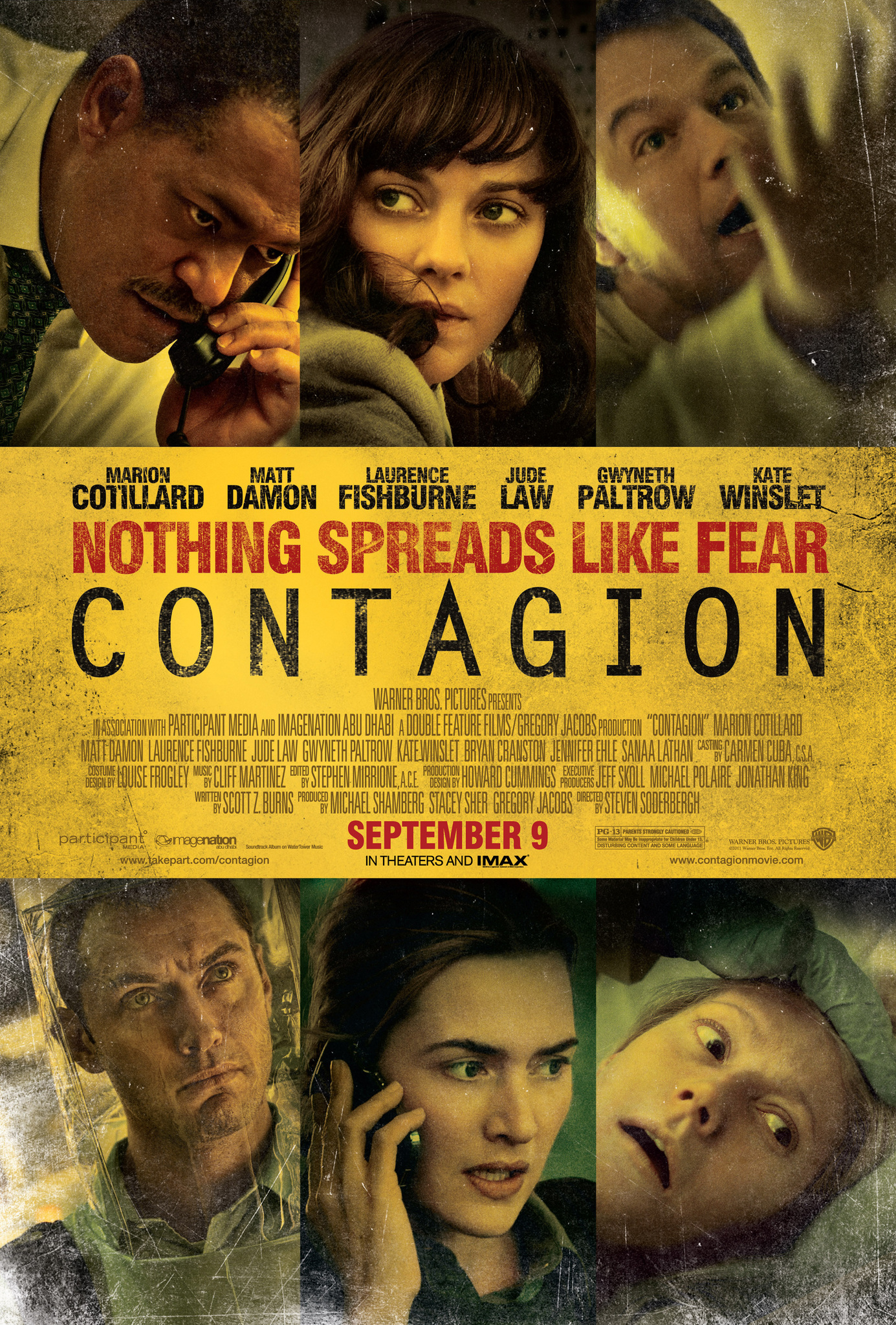
This film gained renewed interest in 2020 as a result of the COVID-19 pandemic. The similarities are quite similar: both involve airborne viruses and efforts to create a vaccine for them. The film also depicts how pandemics can cause social anxiety and unrest.
Many scientists and critics applauded the film’s scientific accuracy. It is worth noting that the film’s writers consulted with the WHO and medical experts during production. Previous outbreaks, such as those of SARS and H1N1, also influenced the film. Ultimately, it grossed over $136 million internationally. The film also had a positive critical response, leading to an 85% rating on Rotten Tomatoes.
Annihilation (2018)
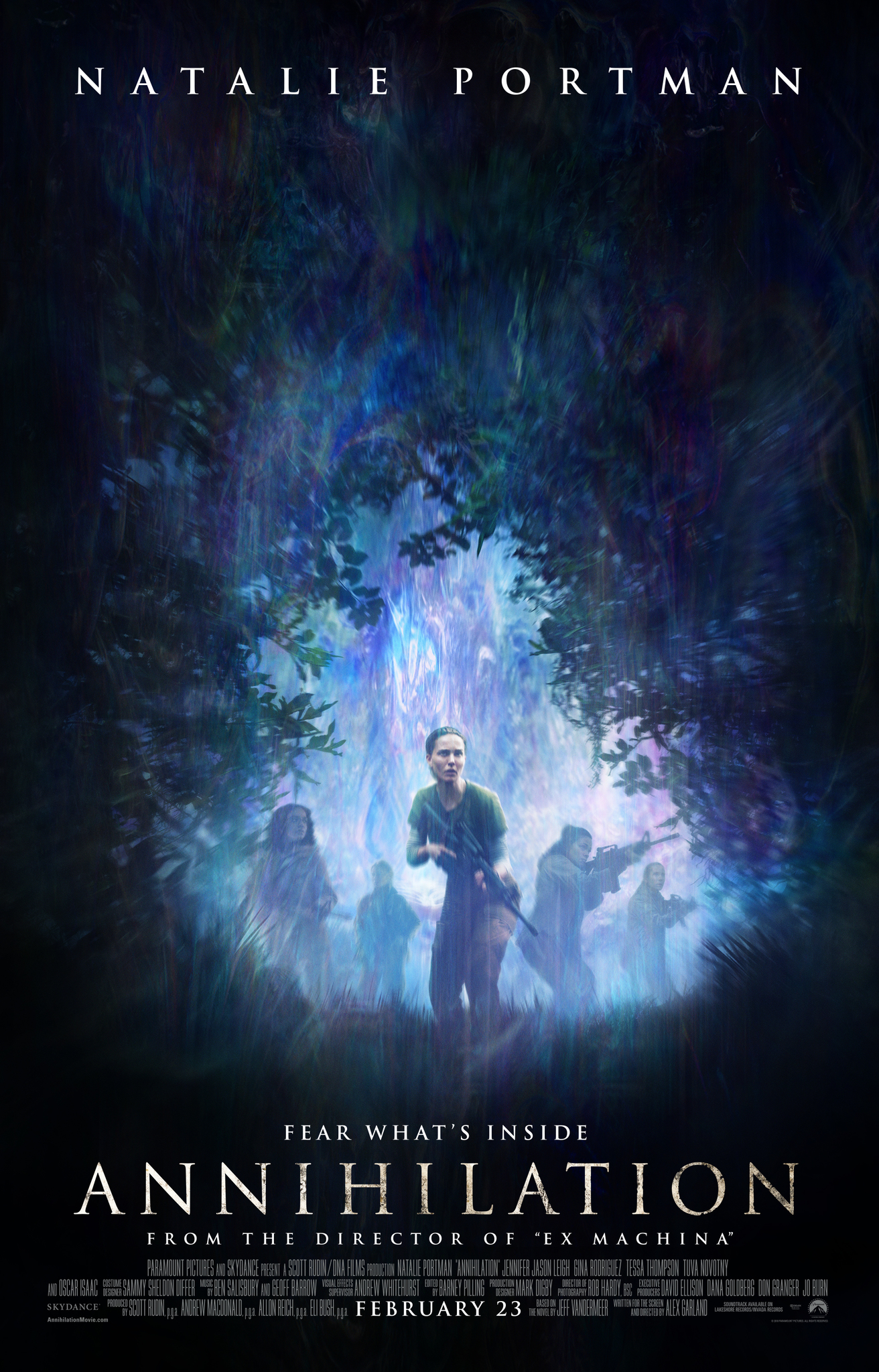
This film is an adaptation of a 2014 novel. It is yet another end-of-the-world movie involving alien life forms. However, instead of actual aliens invading, a meteor impact leads to various forms of life mutating. These mutated life forms are kept in a quarantine zone referred to as “The Shimmer”.
Critics praised the film, leading to a 88% score on Rotten Tomatoes. In particular, they noted the film’s visual effects and writing. They stated that audiences would likely end up debating the film’s themes. It is interesting to note that, following test screenings, one of the film’s producers wanted to make changes to the movie. He wanted the changes because of a desire to appeal to broader audiences. Ultimately, the film had a theatrical release in some countries while premiering on Netflix in others. The film did not do well at the box office, as it only grossed around $43 million against a similar figure for its budget.
Cloverfield (2008)
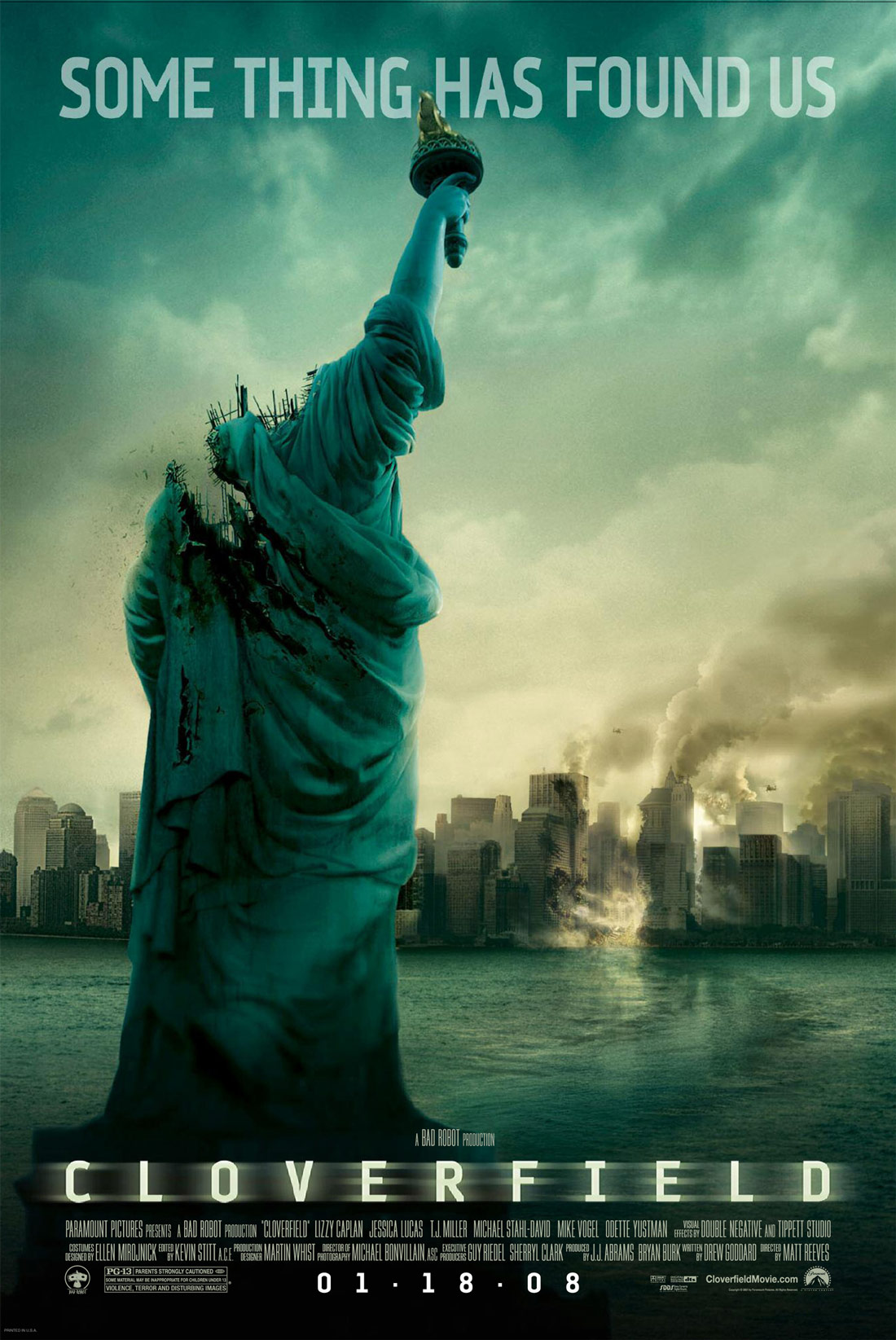
Cloverfield is one of the more unusual entries on this list. It is in the style of a home video footage recording, similar to films like Blair Witch Project. It deals with a large creature attacking New York City, leaving much destruction in its wake. Notable events in the film include the collapse of the Statue of Liberty and military intervention against the monster.
The film is notable for the secrecy of its production, with few details emerging prior to its premiere. The lack of official information led to fans speculating about the film’s plot or details. The film became a critical and commercial success. With a cost of only $25 million, it earned over $172 million internationally. It also spawned a franchise of film spin-offs and an in-production sequel. It currently has a 78% rating on Rotten Tomatoes.
Dawn of the Planet of the Apes (2014)
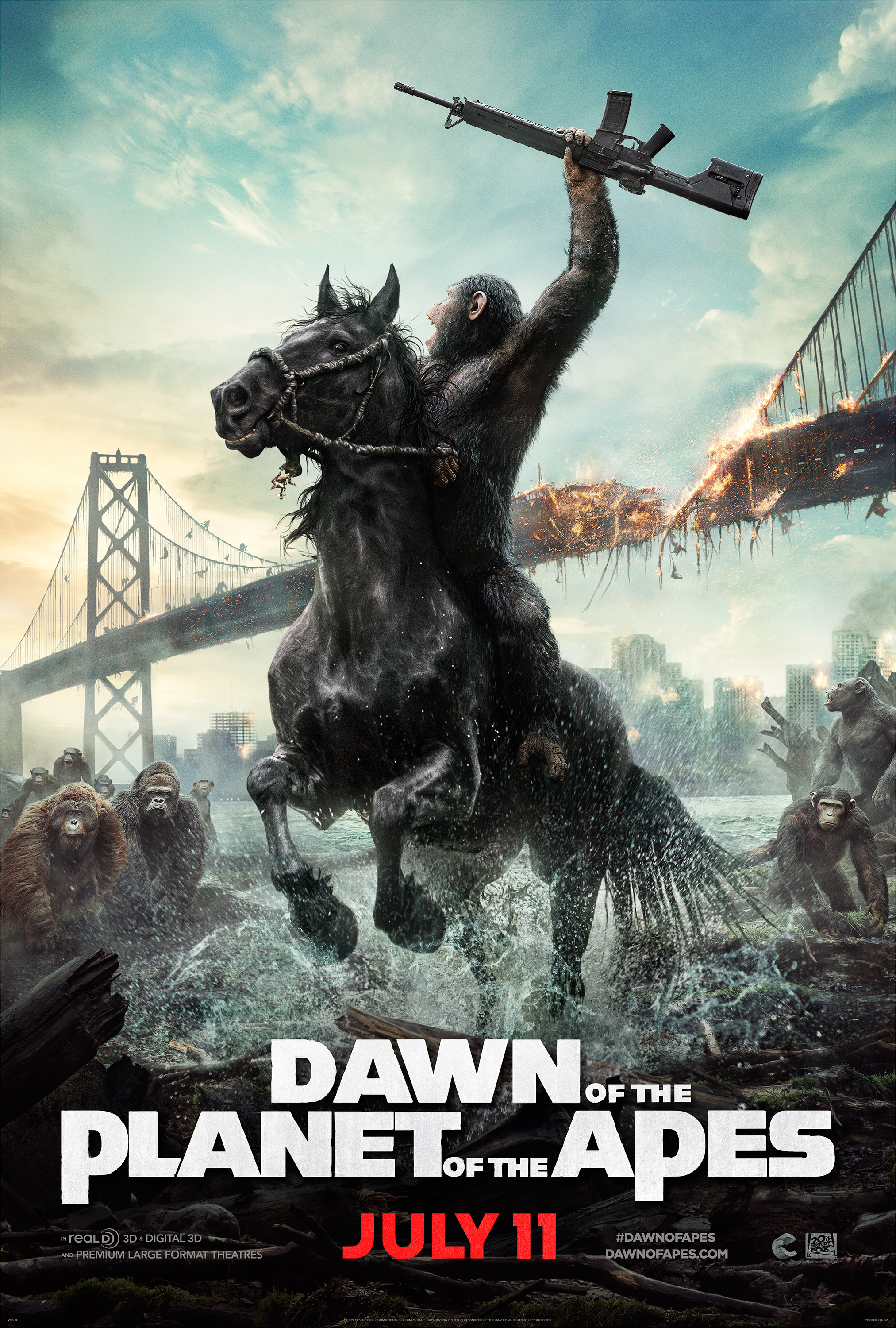
This is the sequel to Rise of the Planet of the Apes and also follows Caesar’s reign as leader of the apes. This time, he has a family consisting of his wife Cornelia and his son Blue Eyes. Many apes from the previous film such as Kobo also return. The film’s central conflict is the rivalry between Caesar and Kobo for the leadership of the apes. One of the film’s main themes is that apes can also become corrupt due to a thirst for power. Ultimately, the film ends with Kobo’s death, albeit at the cost of an impending war between the apes and humans.
The film cost $170 million to produce but easily earned it back and then some. Well, maybe “and then some” is an understatement considering the film’s $710 million gross. Critics praised the film for its sci-fi themes. Analysts also stated that the film’s strong performance could be attributed to a darker tone compared to its prequel. It is currently the highest-grossing film in the Planet of the Apes series. The film would be followed by War for the Planet of the Apes in 2017.
Snowpiercer (2013)
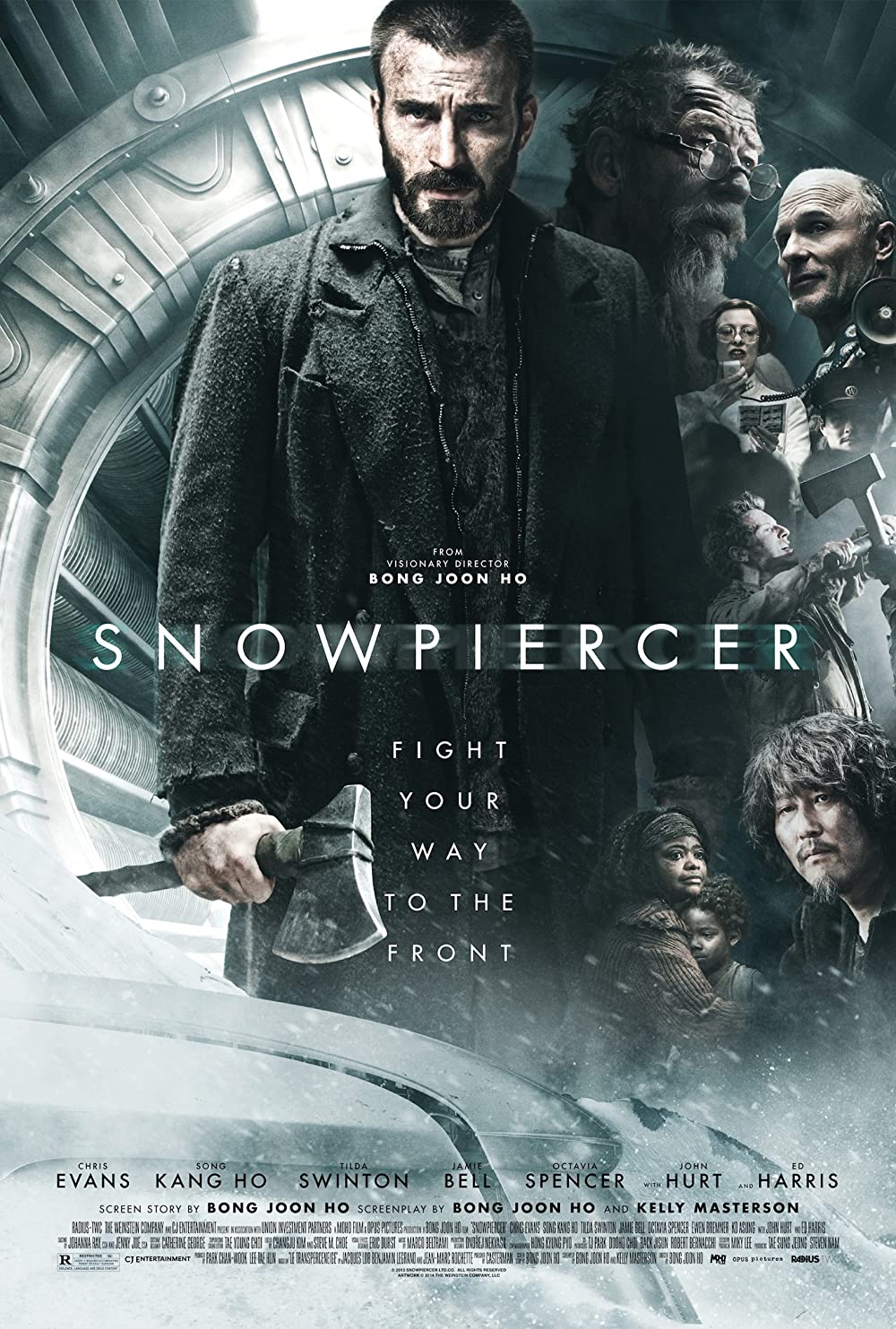
This film is based on a French comic, produced by South Korean and Czech production companies, and stars Western and Asian actors. Similar to The Day After Tomorrow, it deals with climate change resulting in the freezing of the Earth. Unlike that film, Snowpiercer‘s ice age is not the result of extreme weather phenomena but rather a deliberate climate engineering. The original plan was merely to stop global warming, but it instead leads to a freezing Earth. The film’s main setting is a large futuristic train known as the “Snowpiercer”. Most of humanity now resides in it due to the outside world’s extreme conditions.
The film is one of the most expensive in South Korean history. It cost $40 million to produce. For comparison, Train to Busan only cost $8.5 million, while Parasite only cost $15.5 million. However, that budget was worth it as Snowpiercer proved to be a hit at the international box office. It grossed $86 million, making it one of the most successful South Korean films worldwide. Critics also acclaimed it, and it currently has a 94% rating on Rotten Tomatoes. A TV series based on the film debuted in 2020.
Waterworld (1995)
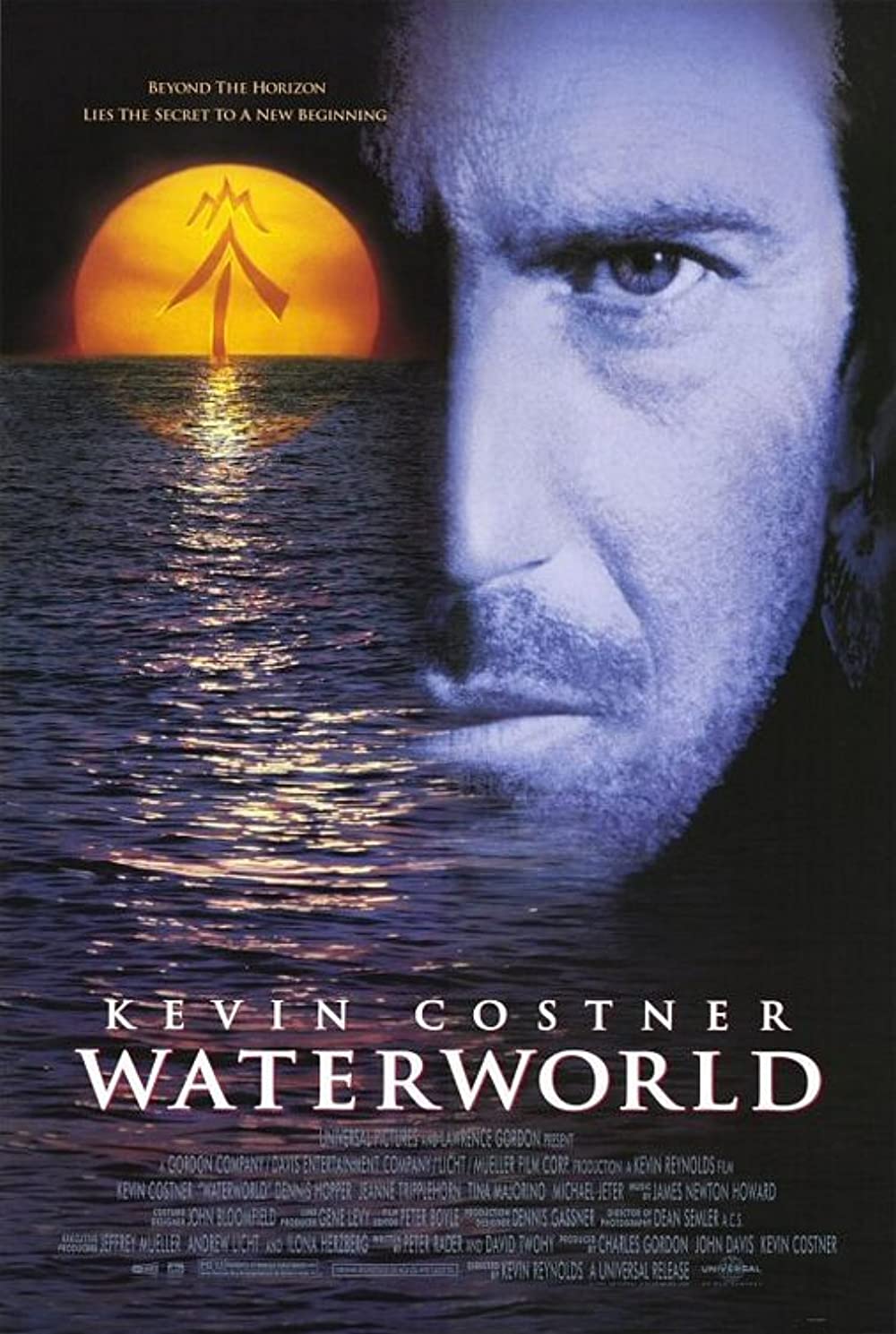
Now I know what you may be thinking: isn’t Waterworld one of the worst films of all time? Isn’t that the film that helped sink Kevin Costner’s reputation? Wasn’t it one of the biggest box office flops of all time? What is it doing on this list? Well, Waterworld has quite a complex history. While it was a deeply flawed film with a mixed reception, no list of apocalyptic films would be complete without it. Indeed, it has developed quite a cult following, especially among fans of bad movies. Your mileage may vary, but if you’re into bad movies, Waterworld may be worth watching for a laugh.
Waterworld of course tells the story of a post-apocalyptic world where all land is underwater due to the melting of the ice caps. In reality, even if all the world’s glaciers melted, sea levels would “only” rise by about 230 ft (70 m). Contrary to popular belief, the film was not exactly a true box office bomb. Indeed, the film grossed $264 million against a budget of around $175 million. However, the film still lost money due to other expenses such as marketing and theater income. Nevertheless, the film’s producers said that the film eventually made back its money thanks to home video sales and TV reruns. The film’s reputation was also hurt by it being the most expensive film ever produced at the time, as well as numerous production issues.
Despite the film’s reputation, it spawned long-running attractions at Universal Studios theme parks around the world. Many say these live shows are actually better than the film itself.
This Is The End (2013)

Finally, we come to the last entry on our list, the appropriately titled This Is The End. And what do you know, it’s another comedy film. But this one has a twist: it features multiple celebrities as themselves trying to survive the end of the world. Some of the famous actors and actresses who appear in the film include Seth Rogen, James Franco, Jonah Hill, and Emma Watson. All of them have to deal with events such as earthquakes, the Rapture, demon possession, and even cannibals. The film’s ending is the zenith of the film’s humor, with the main cast finding themselves in heaven and starting a dance number featuring the Backstreet Boys.
Despite the film’s admittedly strange premise, it ended up becoming quite a hit among audiences and critics. It grossed over $126 million internationally against a budget of around $40 million. The film has an 83% rating on Rotten Tomatoes, with critics praising its unusual brand of comedy. Yes, one of the best end-of-the-world movies ever made is about celebrities experiencing the apocalypse. And yet, somehow, it worked. Surprising, isn’t it?
Was this page helpful?
Our commitment to delivering trustworthy and engaging content is at the heart of what we do. Each fact on our site is contributed by real users like you, bringing a wealth of diverse insights and information. To ensure the highest standards of accuracy and reliability, our dedicated editors meticulously review each submission. This process guarantees that the facts we share are not only fascinating but also credible. Trust in our commitment to quality and authenticity as you explore and learn with us.
